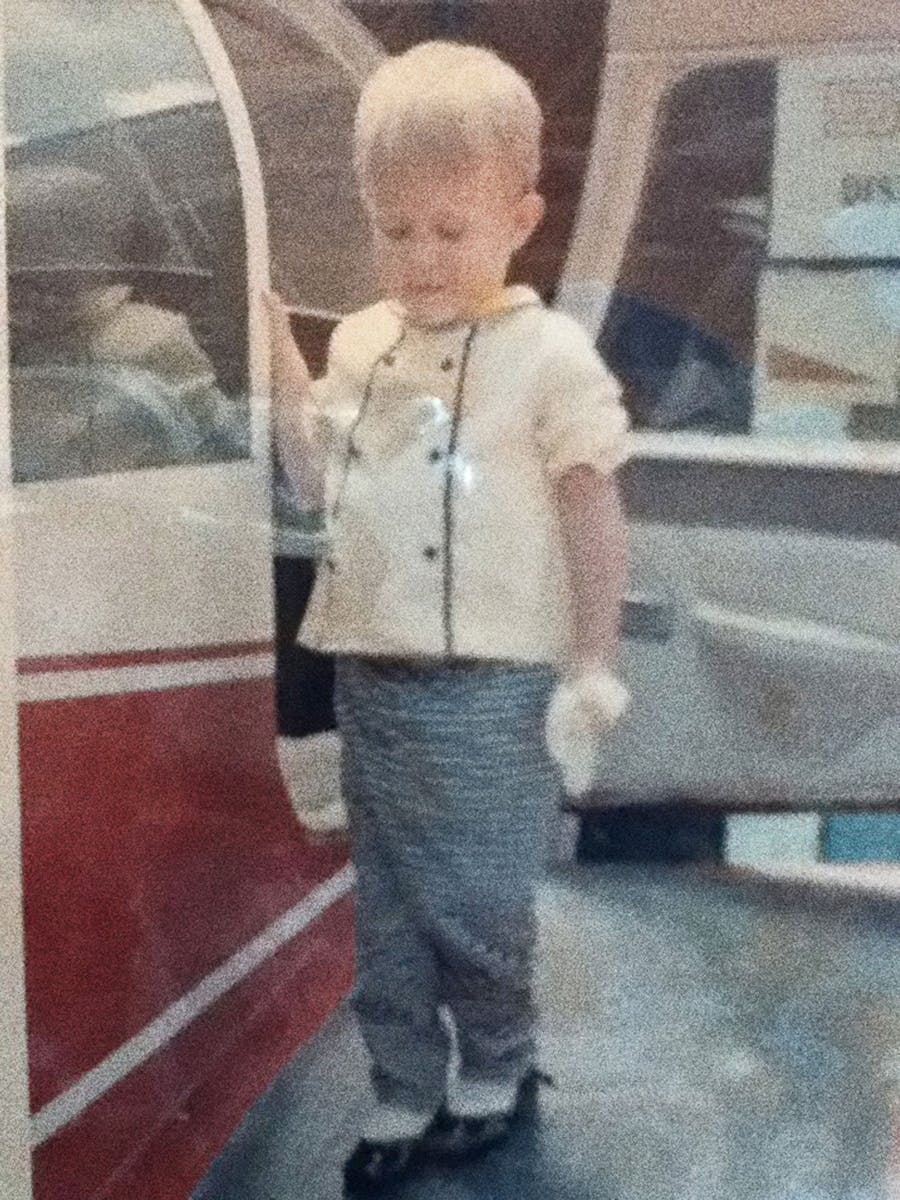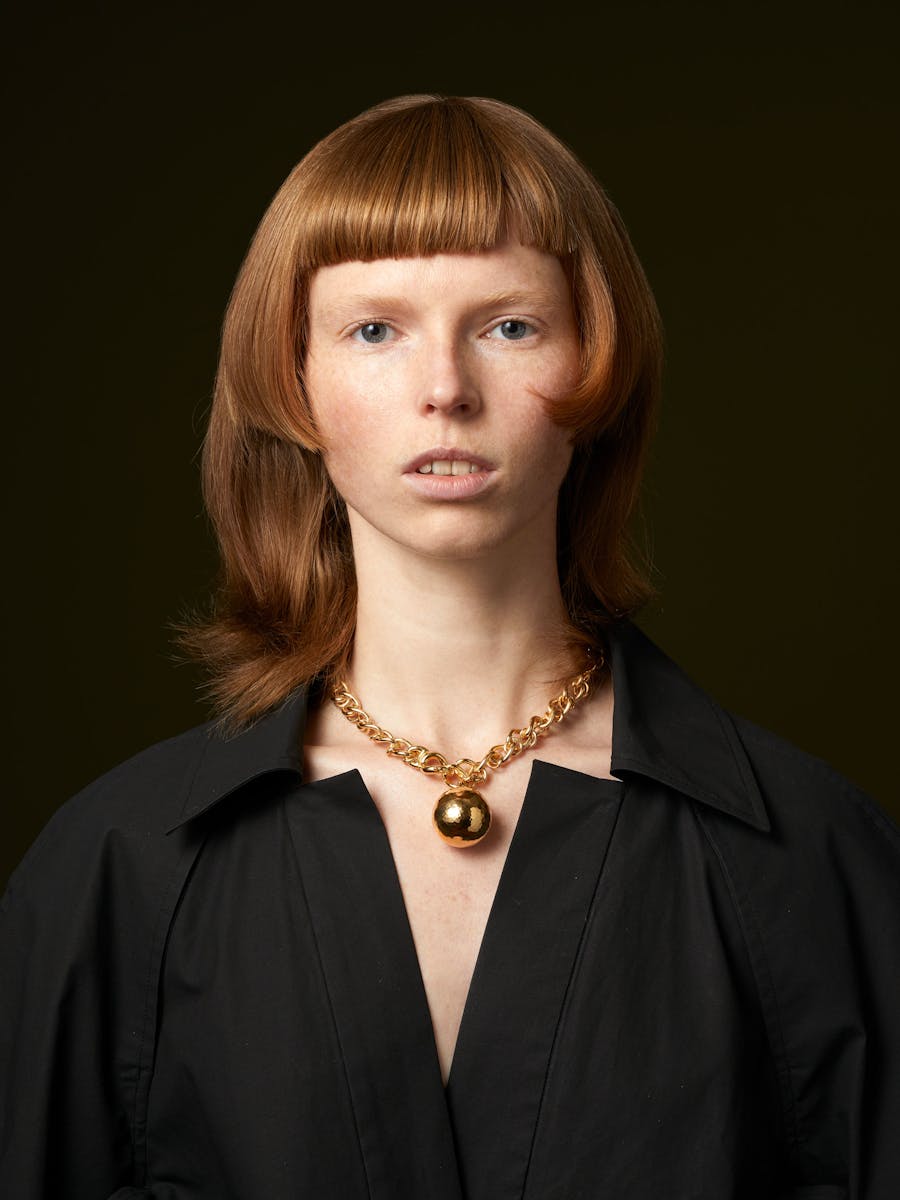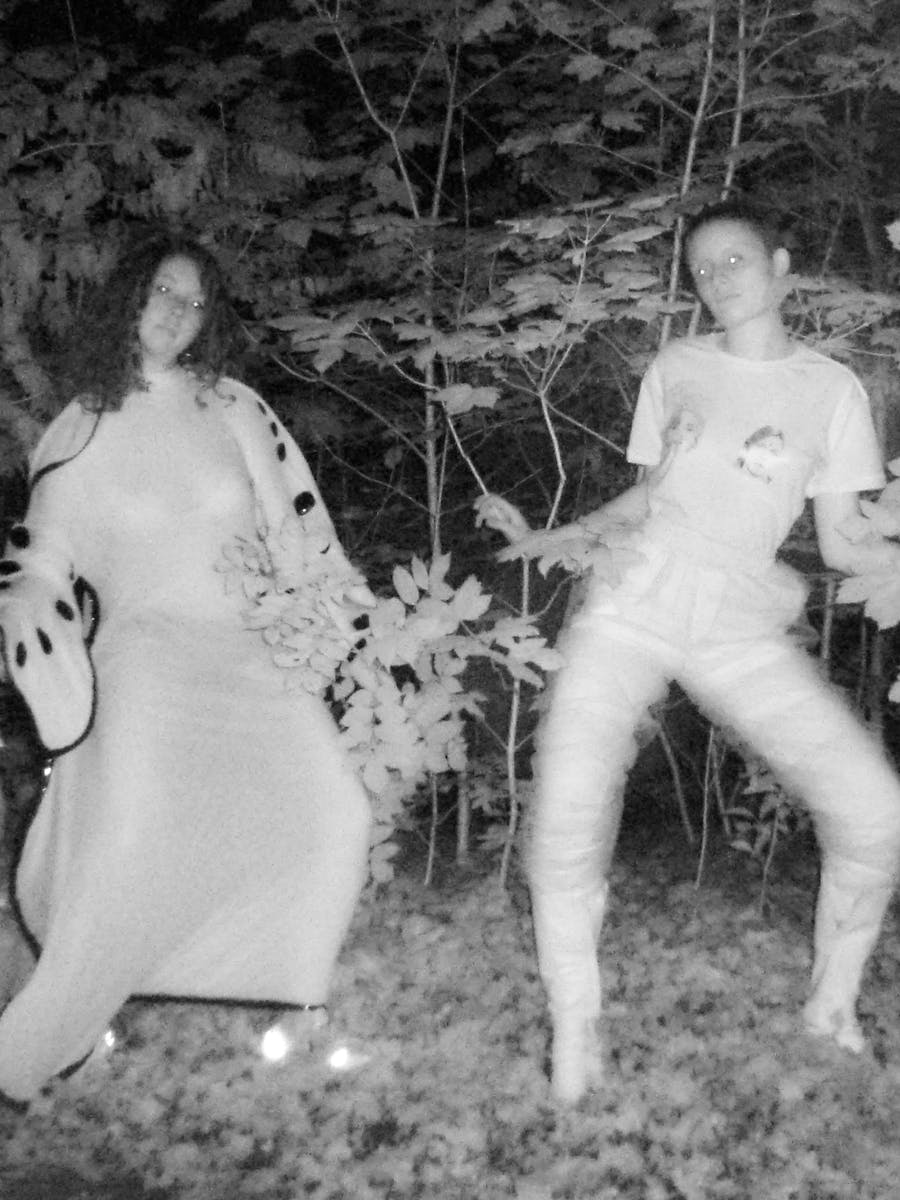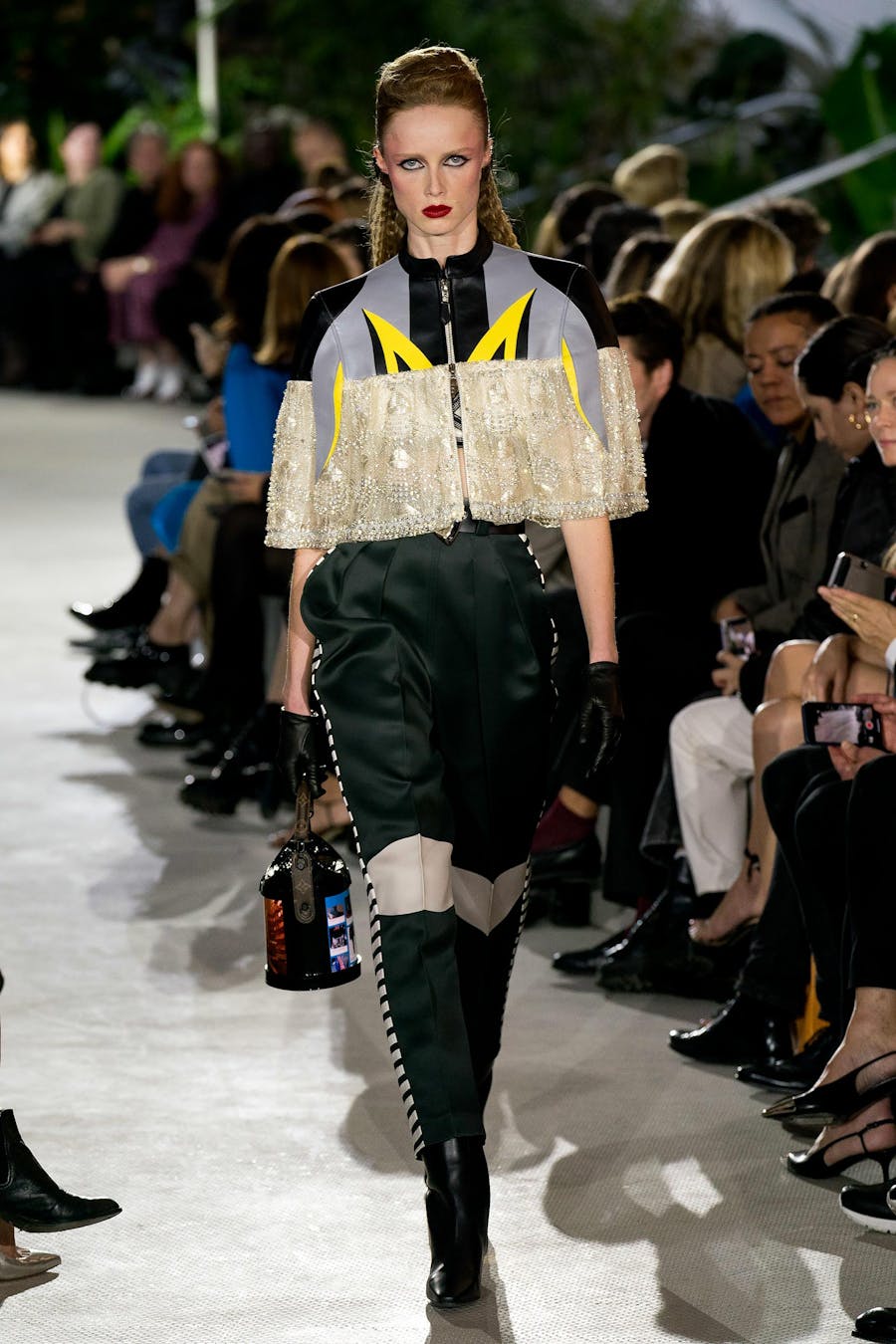From The Craft Issue
We caught up with British design legend Chris Ashworth to talk about the raw energy of ’90s Liverpool, the legacy of cult magazine RAY GUN and DIY creativity.
Hi Chris, what were your first thoughts this morning when you woke up?
CHRIS ASHWORTH Well, the first thought was, “Why did I have such crazy dreams last night?” And then I started thinking about Bruce Springsteen.
As a graphic designer and art director, what does the notion of “craft” mean to you?
C. A. Craft is a fundamental part of my ethos because I am human. I believe the purest form of human creativity is that which is made with our hands. From cave paintings to today, it’s innate — that’s what I believe. And yet, I also find myself naturally drawn to making and crafting as a release, as therapy, and as something that brings me great joy and satisfaction. I can’t go without music. I can’t go without making.
When you started to study in York, there were no computers at all. Does handmade creativity still remain at the heart of your work?
C. A. I will always make with my hands. During my final year at art college in York, the Mac landed. I’d say 95% of my class were instantly drawn into the computer room. Back then, it was still a separate “thing” you went to at a set time each week. Obviously, today the screen is front and center in our main spaces. These days, I try to get as far away from the screen as I can. The Mac is just a production tool: a last necessity, once all the creativity is done.
What role do emotion and spontaneity play in your creative process?
C. A. They play the leading role. I am extremely spontaneous when I work. I usually start with a doodle and from there, I just go. A lot of my work is “about music” or inspired by music, which I find incredibly influential.
Was music the starting point of your creative journey?
C. A. Designing VHS boxes in the early ’80s was probably the first spark. But music has always been my main inspiration, and seeing the sleeve for The Durutti Column’s The Guitar and Other Machines was a defining moment. The artwork was shown at an exhibition called Sublime in Manchester in the early ’90s. Up to that point, I’d had clean, crisp, perfectly kerned Swiss sans-serif type drilled into me at college — so seeing something done in that way was a turning point.
Is there a particular song that captures your youth in Liverpool during the 1980s?
C. A. “Everything Counts” by Depeche Mode. We played the 12” mix non-stop on summer holidays, driving down to the South of France. My dad still remembers it, he calls it “lumps and bumps.”
How would you describe the British creative scene in the early ’90s?
C. A. Electric. Thriving. Alive. You could count the (global) graphic designers on four hands. Typography and graphic design were deeply embedded in pop culture. The grid was broken. It was “the end of print.” Pop music had splintered into all kinds of subcultures, from grunge to trip-hop, from Madchester to Britpop… It was a melting pot of creativity.
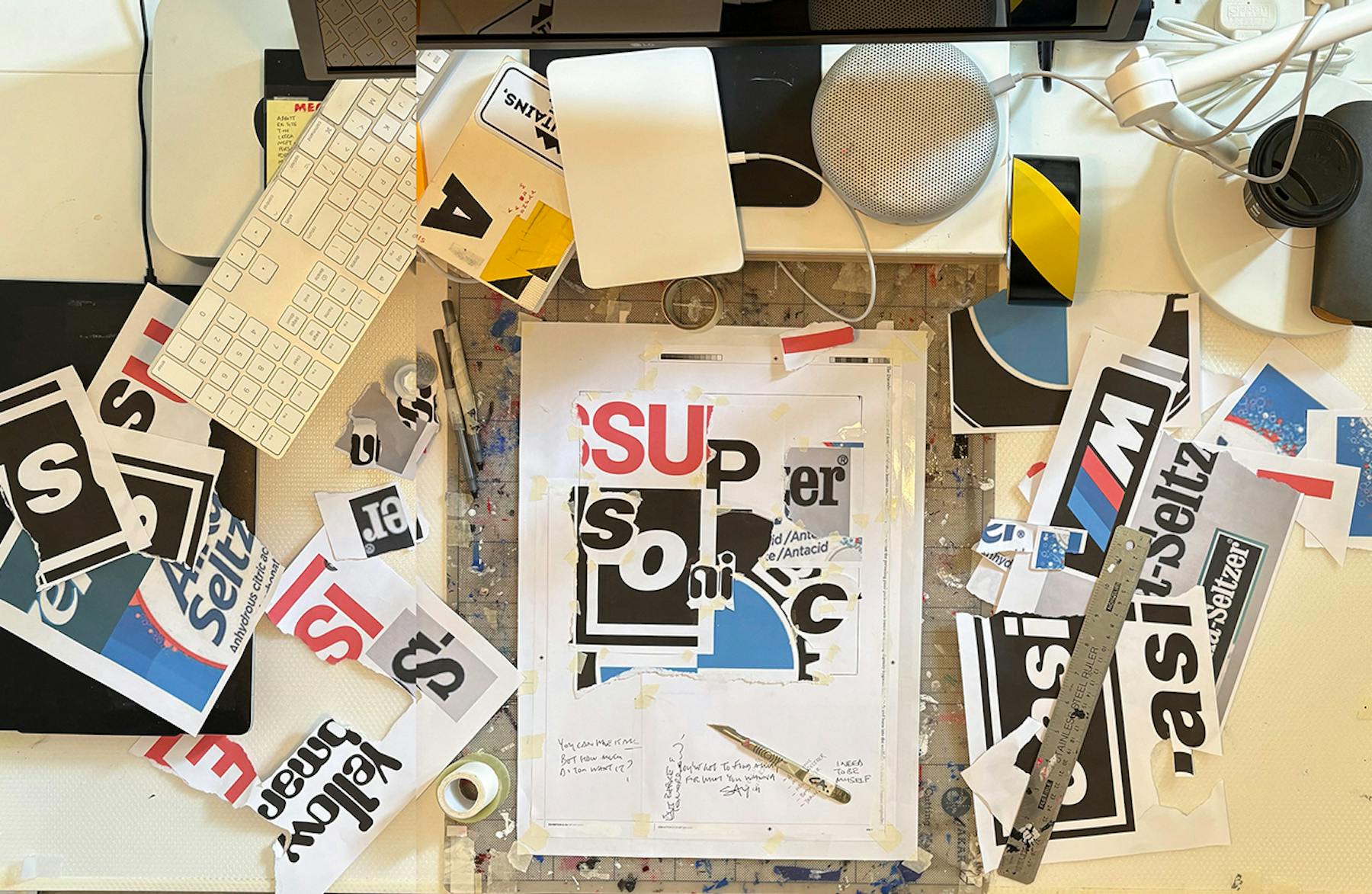
You joined RAY GUN as art director in 1997 and introduced a new aesthetic known as “Swiss Grit.”
C. A. Swiss Grit is my approach to graphic design and typography. It’s a cocktail of two opposing forces — the principles of the Swiss graphic design movement from the ’50s and ’60s, combined with the visual language of the street: signs, posters, and any materials out in the wild that have weathered over time and taken on a life (and soul) of their own.
You brought European references, but also an irreverent, DIY British touch to RAY GUN. What role has American culture played in shaping your creative identity?
C. A. The End of Print was a huge influence on me. But more than anything, American movies shaped me — as much as anything else in my life. I grew up watching them in the early ’80s. So when I landed in Los Angeles in 1997, it felt like home.
RAY GUN was known for its groundbreaking visual identity and editorial approach, inspired by the alternative music and fashion scene of the ’90s. As the art director, what was your intention for the magazine?
C. A. Bringing something “Swiss” — albeit in my own way — to the Bible of Music and Style (RAY GUN) felt natural to me. And it struck a chord, because that approach wasn’t very common in the U.S. at the time, especially in California.
You worked on 15 issues of RAY GUN — which one’s your favourite cover?
C. A. Probably No. 54, Radiohead. I designed that one while listening to OK Computer, months before it was released.
In your eyes, what is the RAY GUN’s legacy today?
C. A. There are no rules.
Which artists inspire you today?
C. A. Old and new. From Springsteen to Martin Gore, Wet Leg to Chappell Roan, SLAWN to Banksy, Saville to Peter Hook — because they don’t follow the rules.
What has been the most meaningful encounter of your career?
C. A. Meeting Neil Fletcher at York College in 1988.
Is it still possible to create something truly new today?
C. A. I don’t think about it. I just do it. I just do what feels right to me. If others respond to it, then that’s a bonus.
Would you say today’s design has lost some of its tactile, hands-on quality because of digital tools?
C. A. 100%. I’ve watched design turn into a digital factory.
Do you talk to ChatGPT?
C. A. No I don’t.
Do you miss the uniqueness and imperfection that come with craftsmanship?
C. A. I don’t miss it, because it’s still part of who I am and what I do. I also see exciting pockets of it happening around me. People are rediscovering nature, going back to bookstores, buying vinyl… There seems to be a growing antidote to screens.
Is craftsmanship the key to good design?
C. A. It’s your unique signature, your fingerprint on what you do. Nobody else can craft like you can.
What’s your relationship with print magazines? Do you still read them?
C. A. I’ve never read magazines :) But I’ve always looked at them and collected them. From The Face to i-D, to newer titles like SLEEK — and of course… yours!
Would you say you're a nostalgic person?
C. A. Very. I’ve kept a diary since 1986.
A final word for young designers who want to follow this path?
C. A. You won’t get rich from it, but you’ll get fulfilled by it.
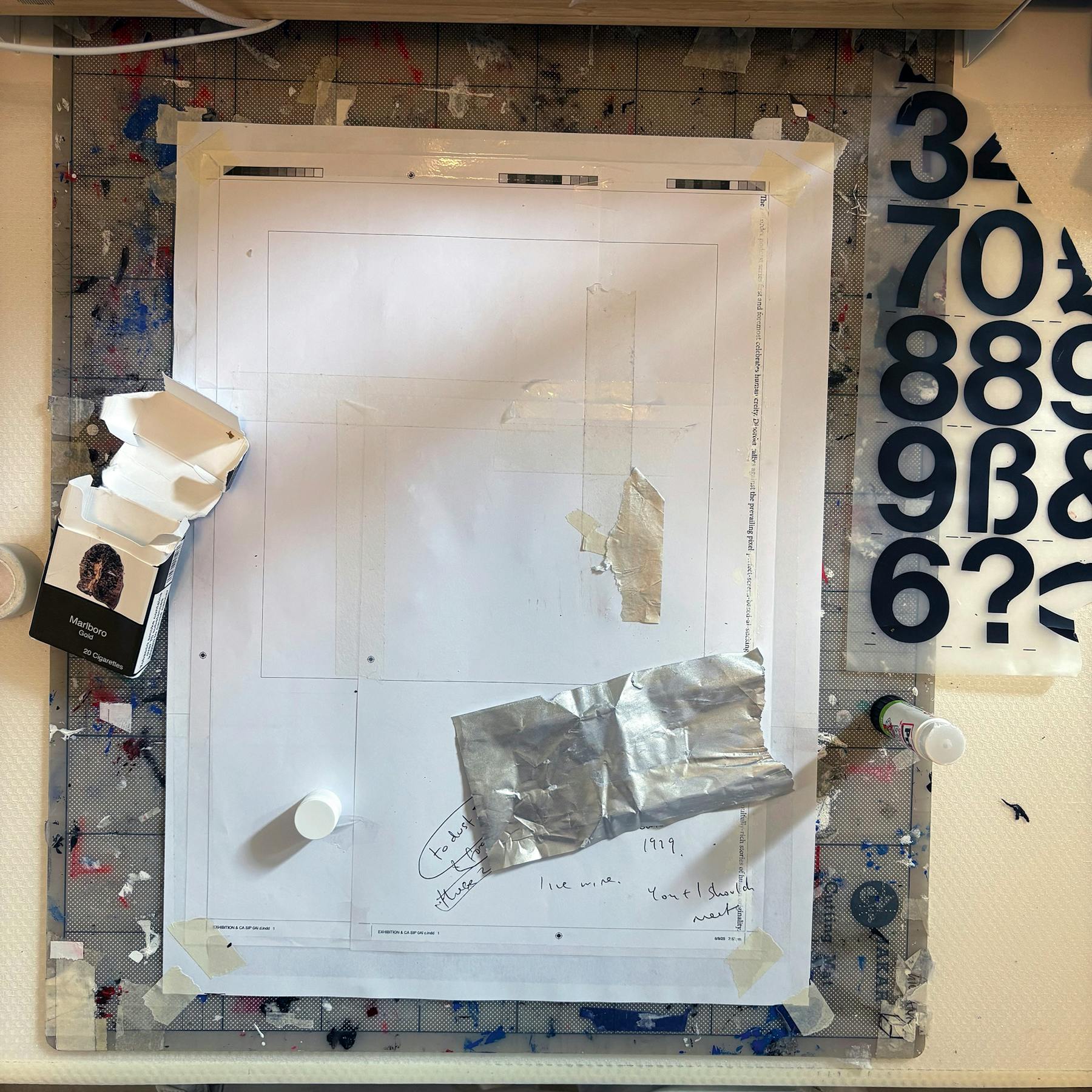
This page sound in print work in progress inspired by the song 1979 by the SMASHING PUMPKINS
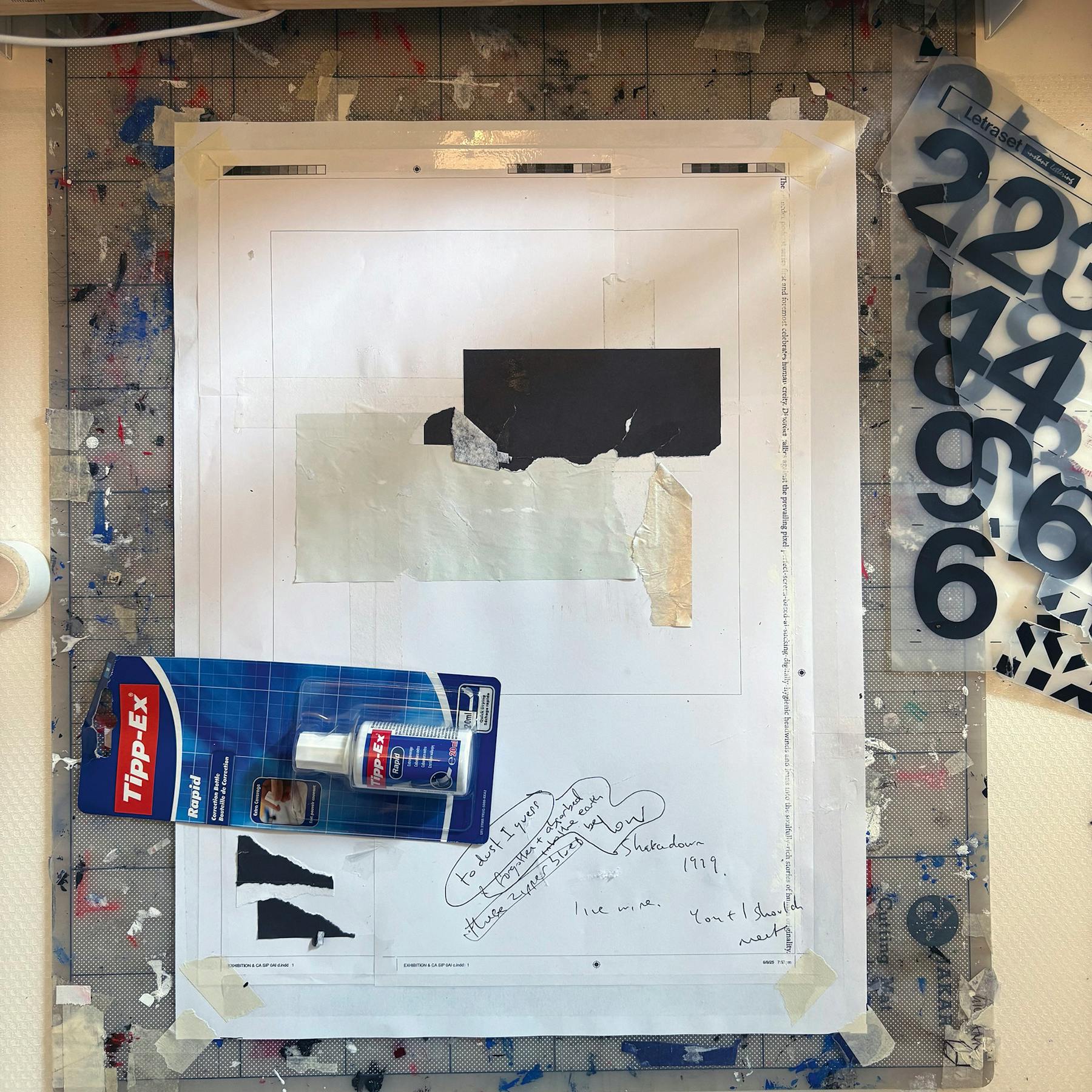
This page sound in print work in progress inspired by the song 1979 by the SMASHING PUMPKINS
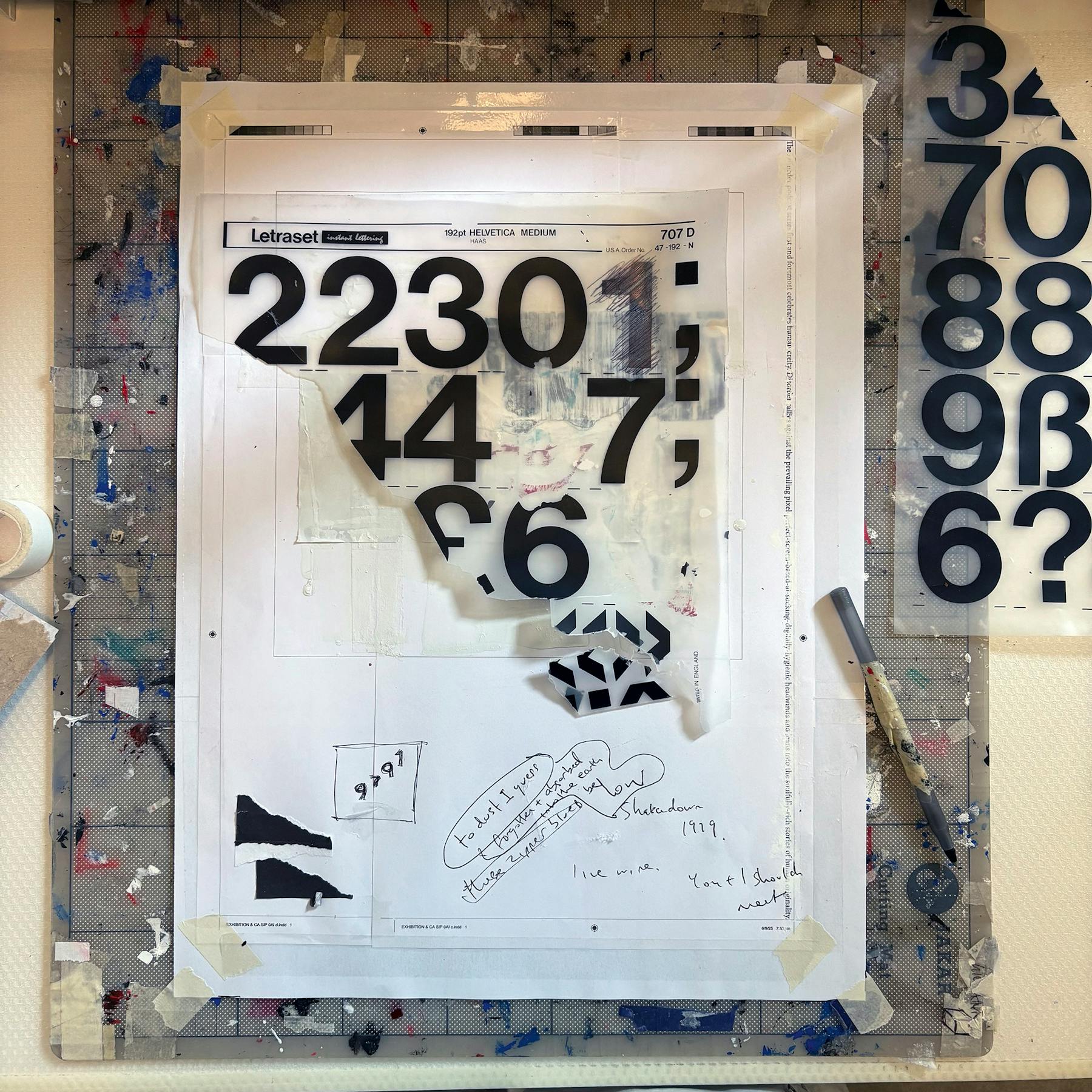
This page sound in print work in progress inspired by the song 1979 by the SMASHING PUMPKINS
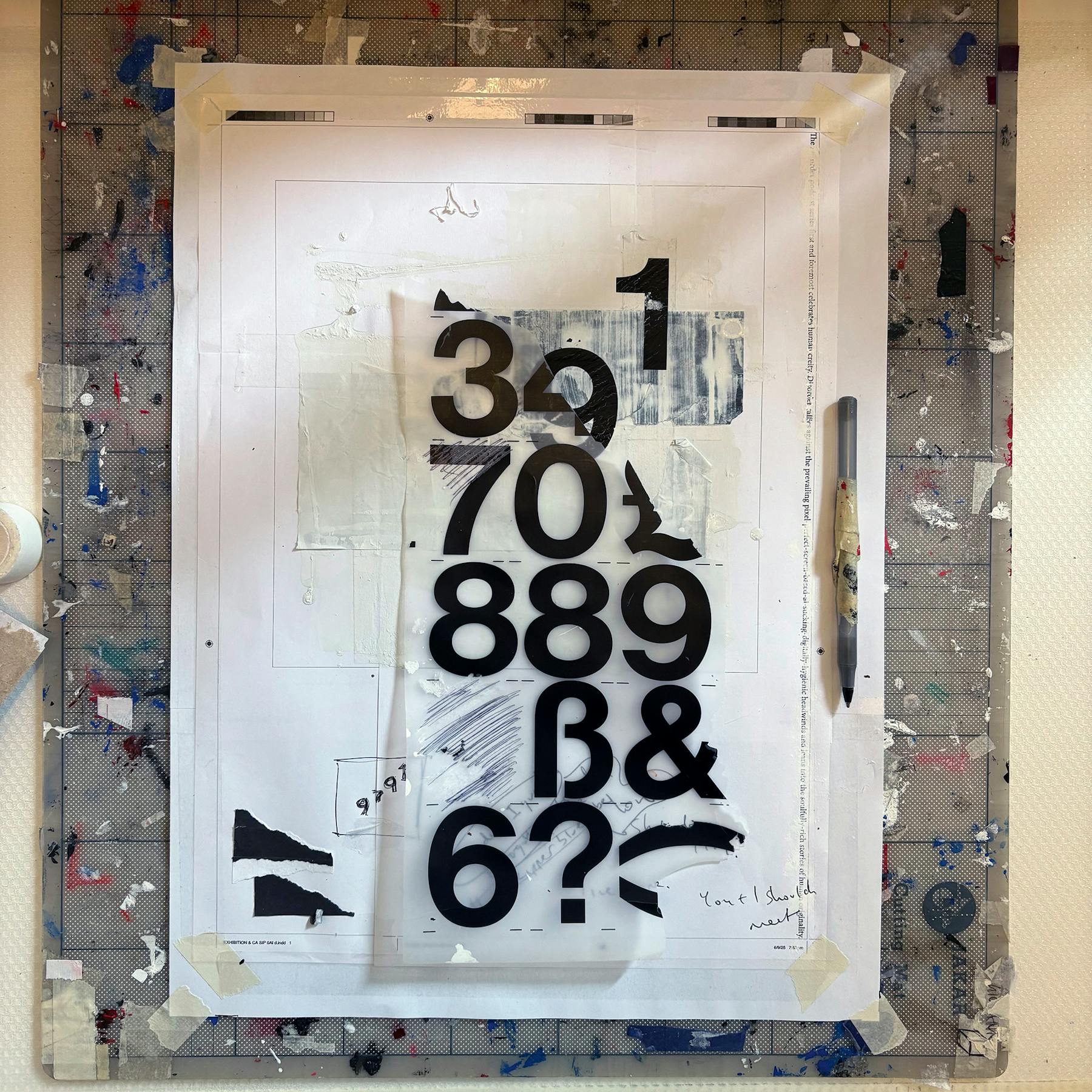
This page sound in print work in progress inspired by the song 1979 by the SMASHING PUMPKINS
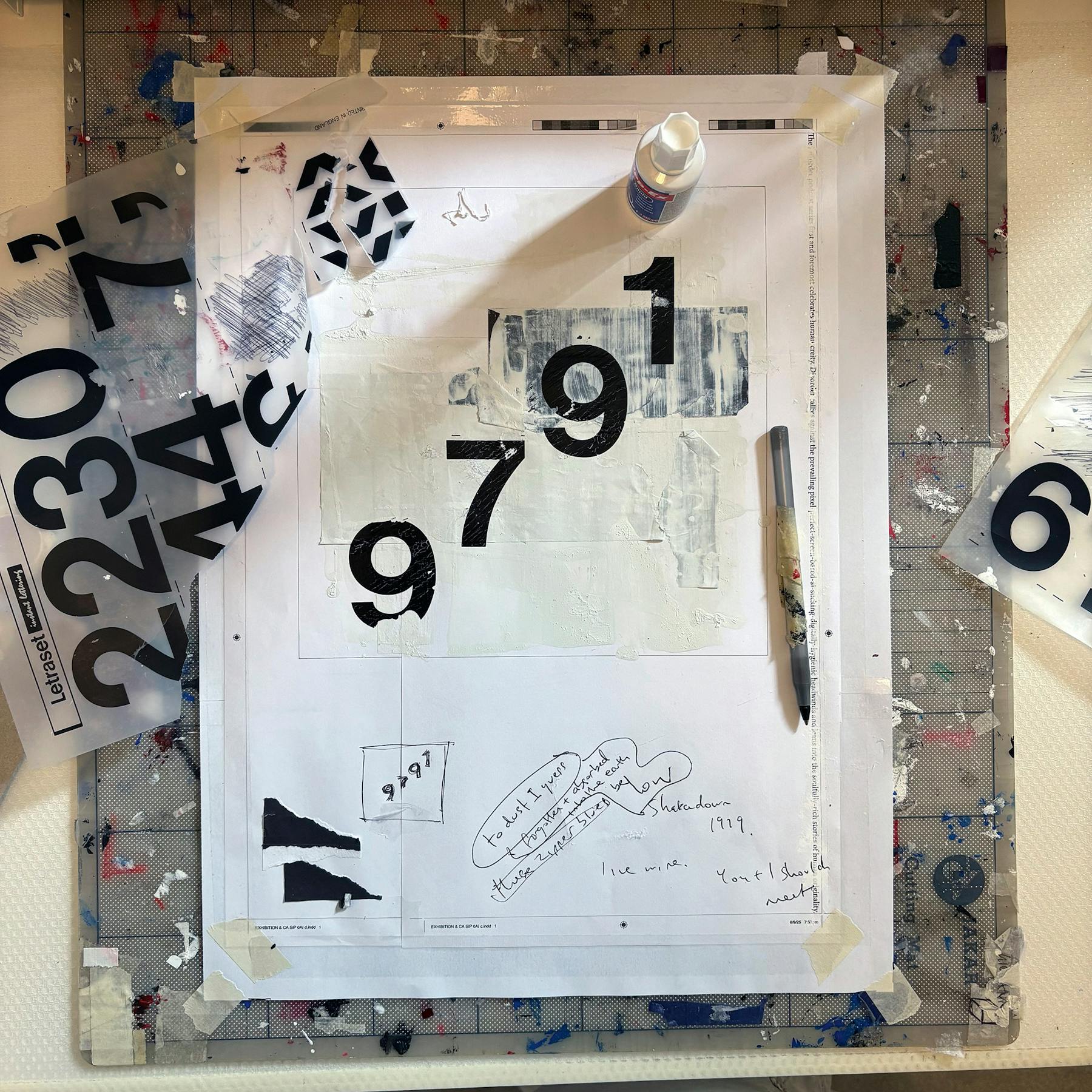
This page sound in print work in progress inspired by the song 1979 by the SMASHING PUMPKINS
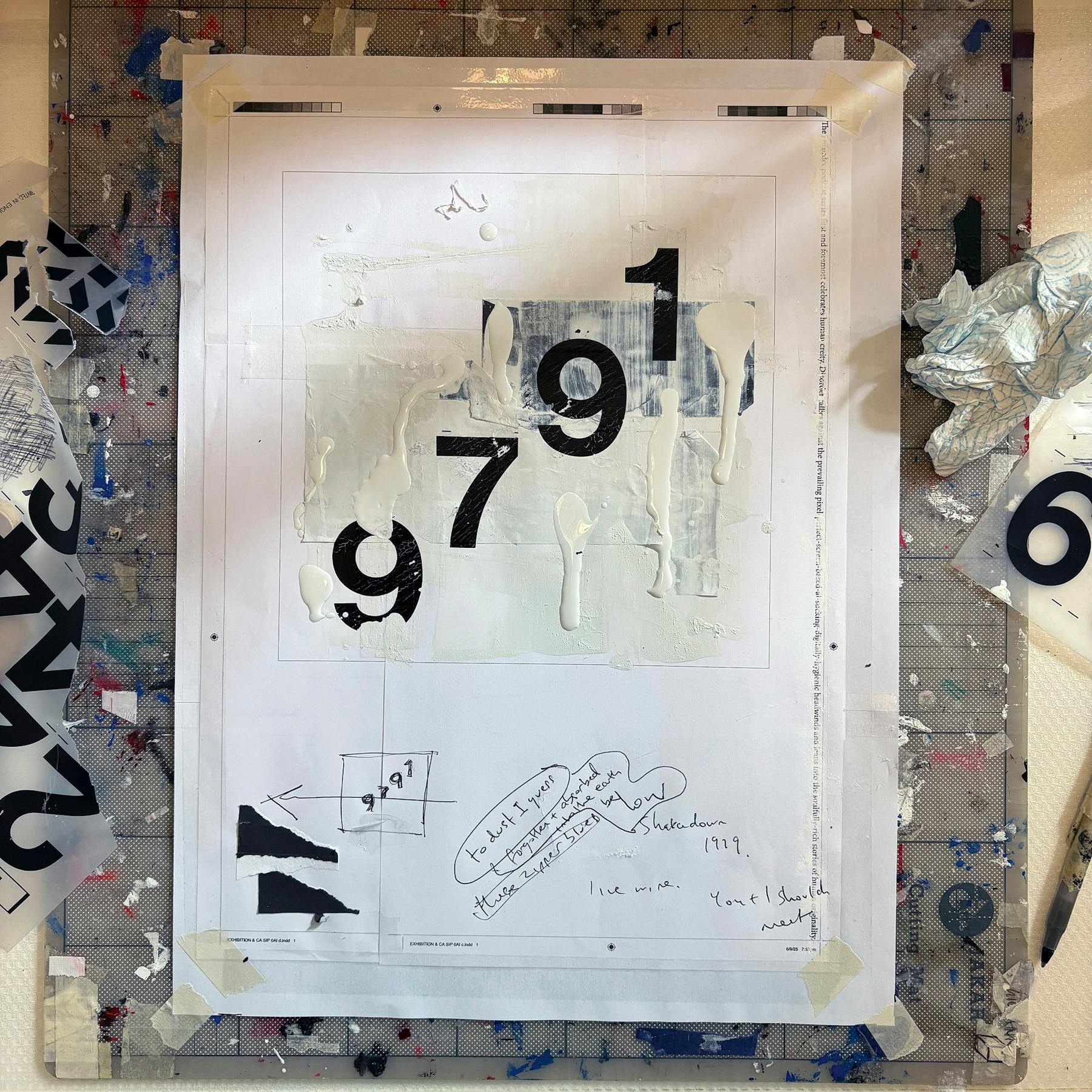
This page sound in print work in progress inspired by the song 1979 by the SMASHING PUMPKINS
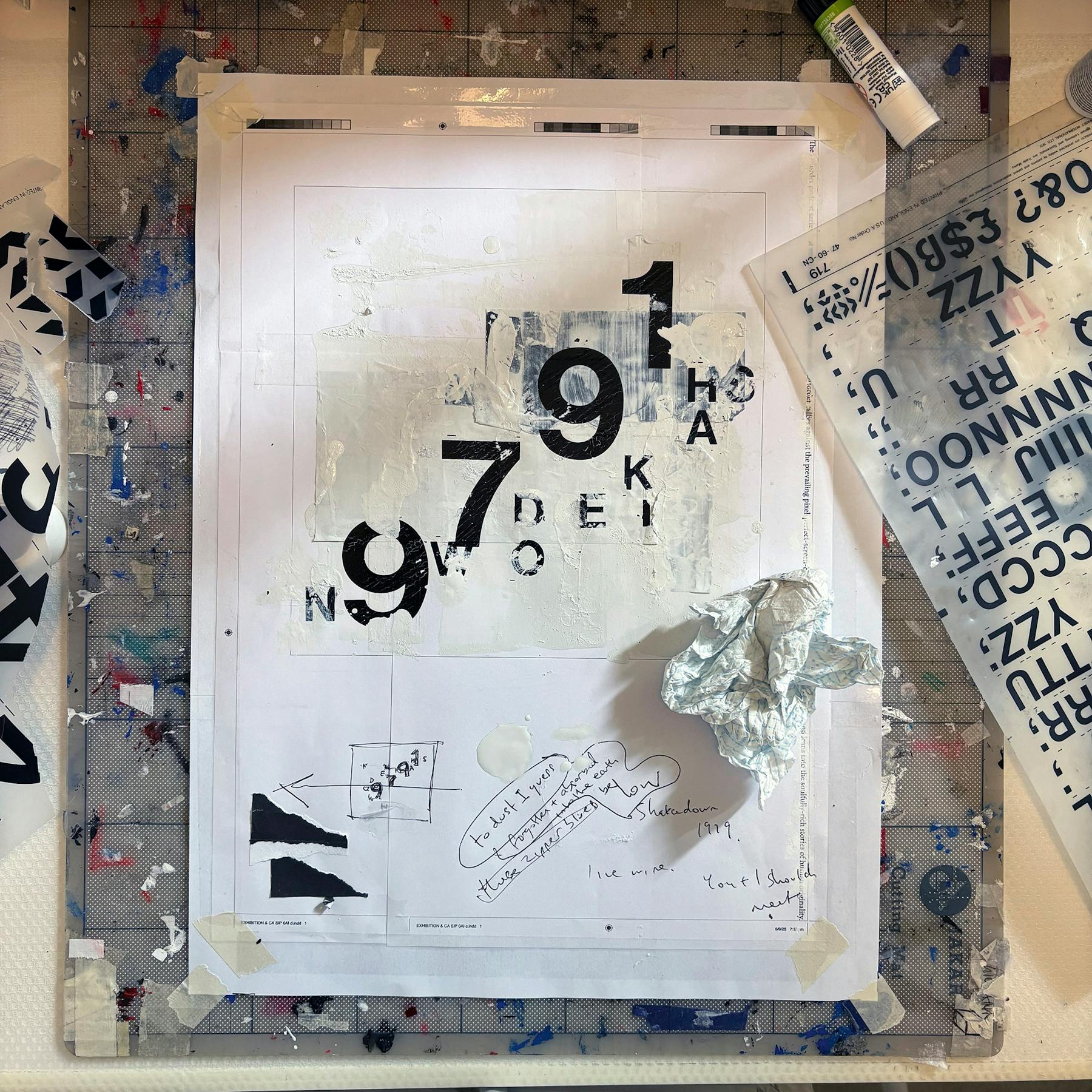
This page sound in print work in progress inspired by the song 1979 by the SMASHING PUMPKINS
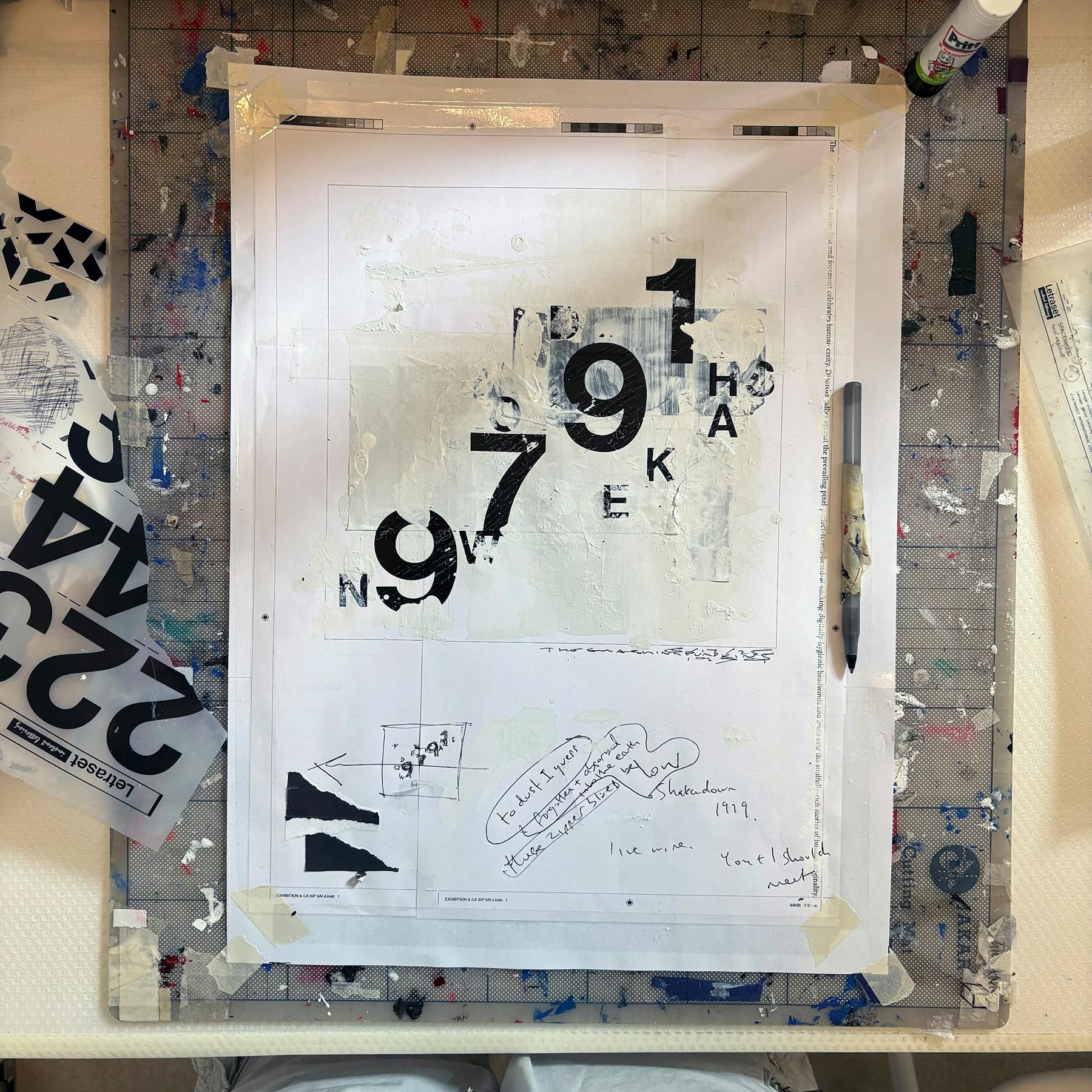
This page sound in print work in progress inspired by the song 1979 by the SMASHING PUMPKINS
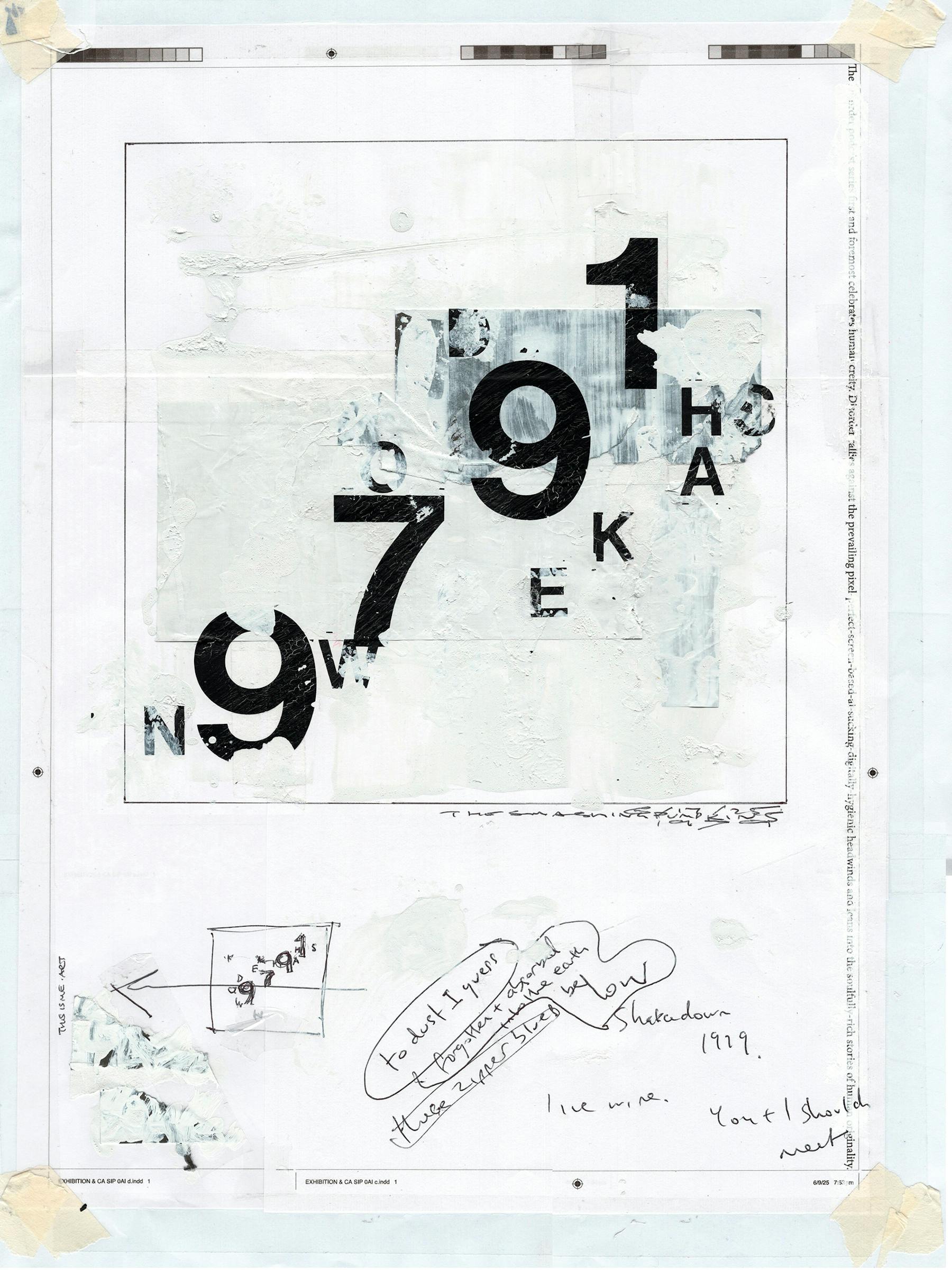
Facing page sound in print final artwork inspired by the song 1979 by the SMASHING PUMPKINS
Zero AI, 100% human creativity
AI can kiss my art
CHRIS ASHWORTH
THISISME.ART
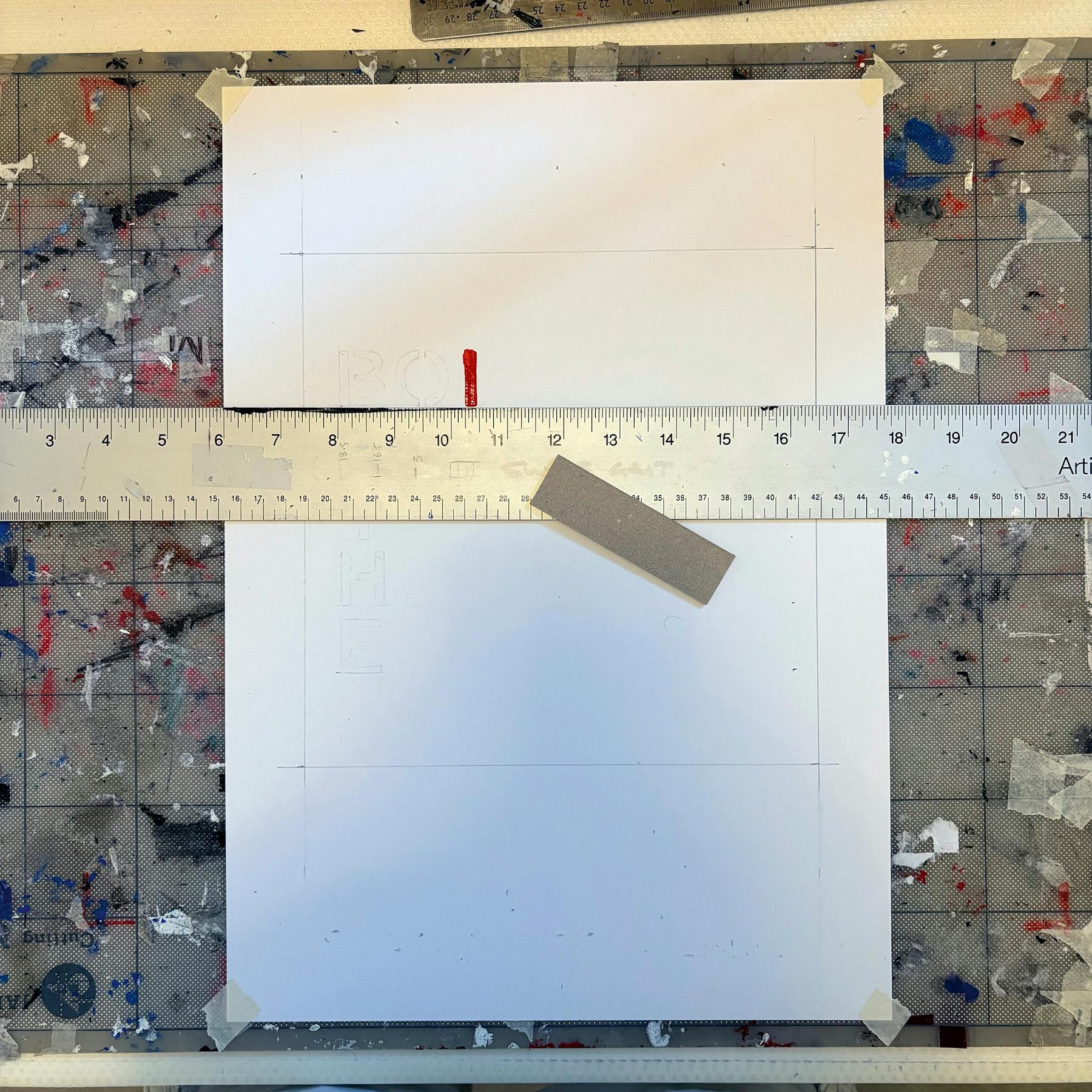
This page sound in print work in progress inspired by the song BORN IN THE USA by BRUCE SPRINGSTEEN
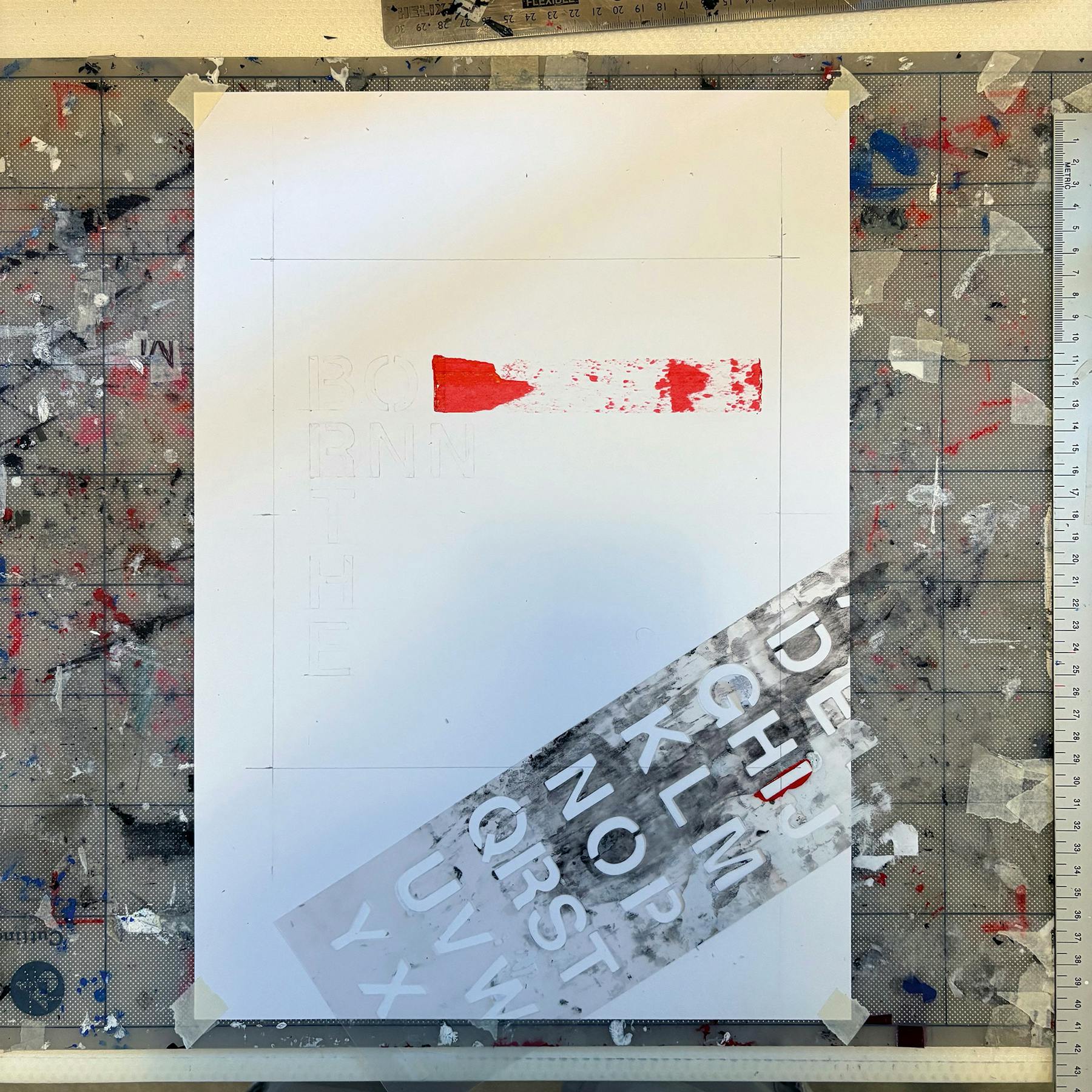
This page sound in print work in progress inspired by the song BORN IN THE USA by BRUCE SPRINGSTEEN
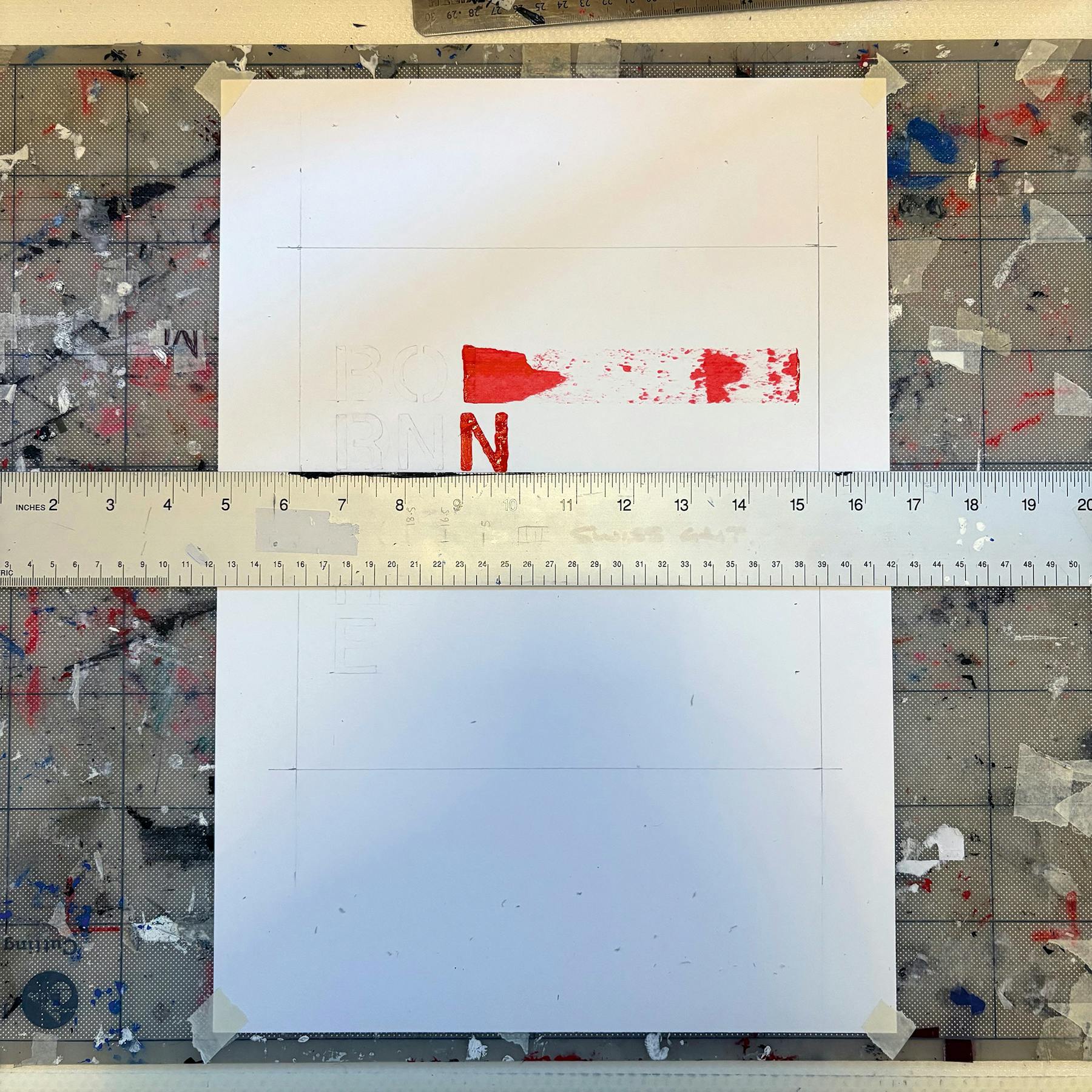
This page sound in print work in progress inspired by the song BORN IN THE USA by BRUCE SPRINGSTEEN
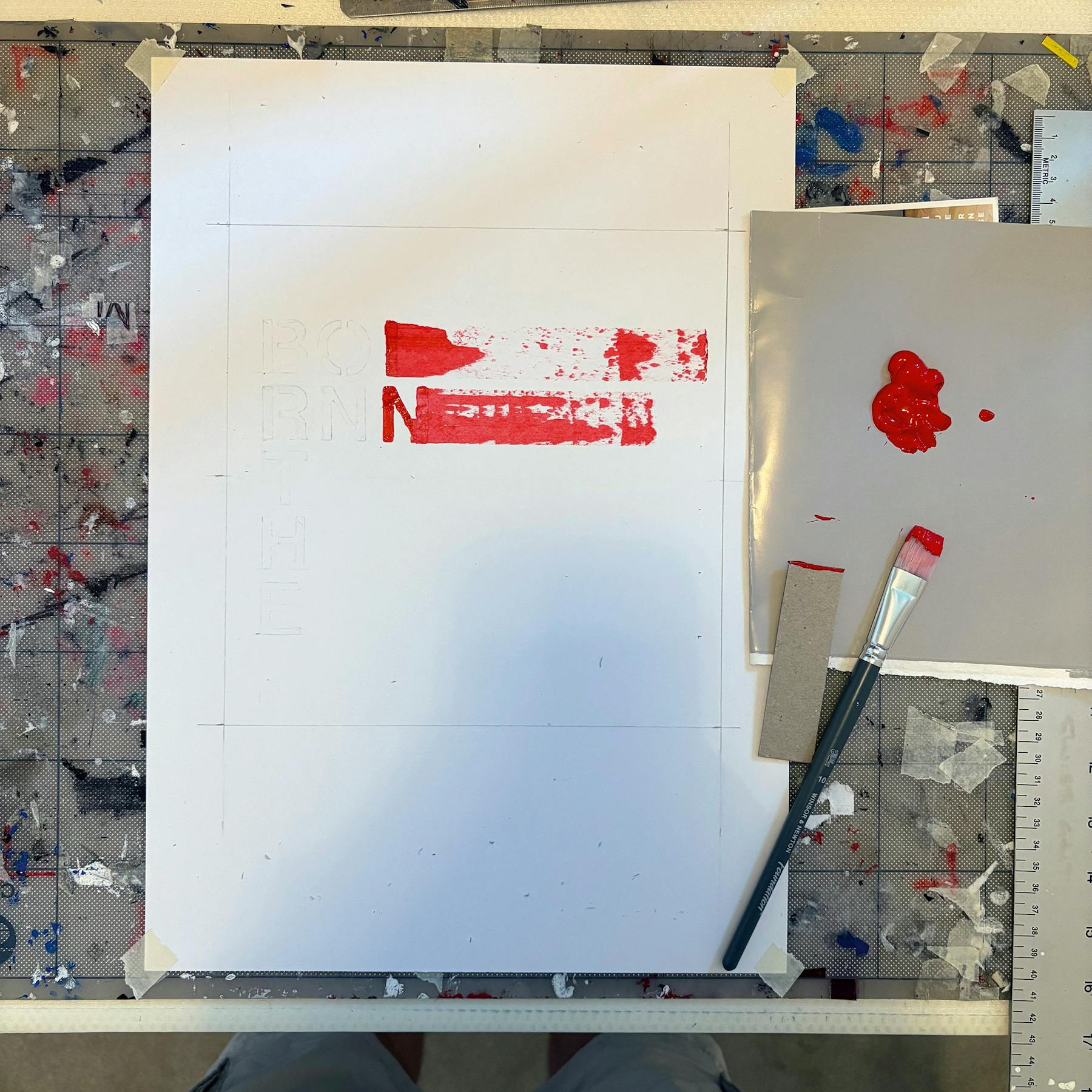
This page sound in print work in progress inspired by the song BORN IN THE USA by BRUCE SPRINGSTEEN
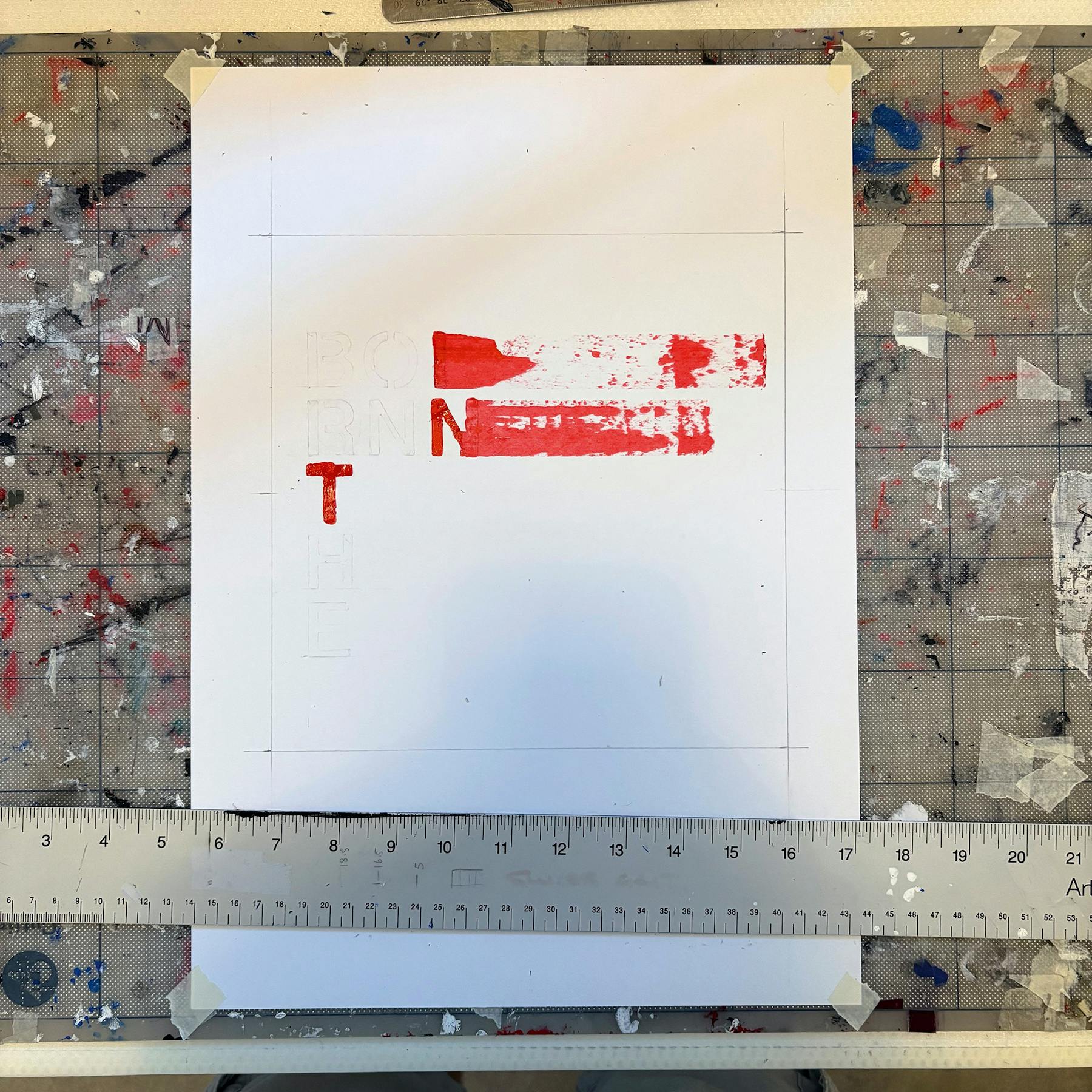
This page sound in print work in progress inspired by the song BORN IN THE USA by BRUCE SPRINGSTEEN
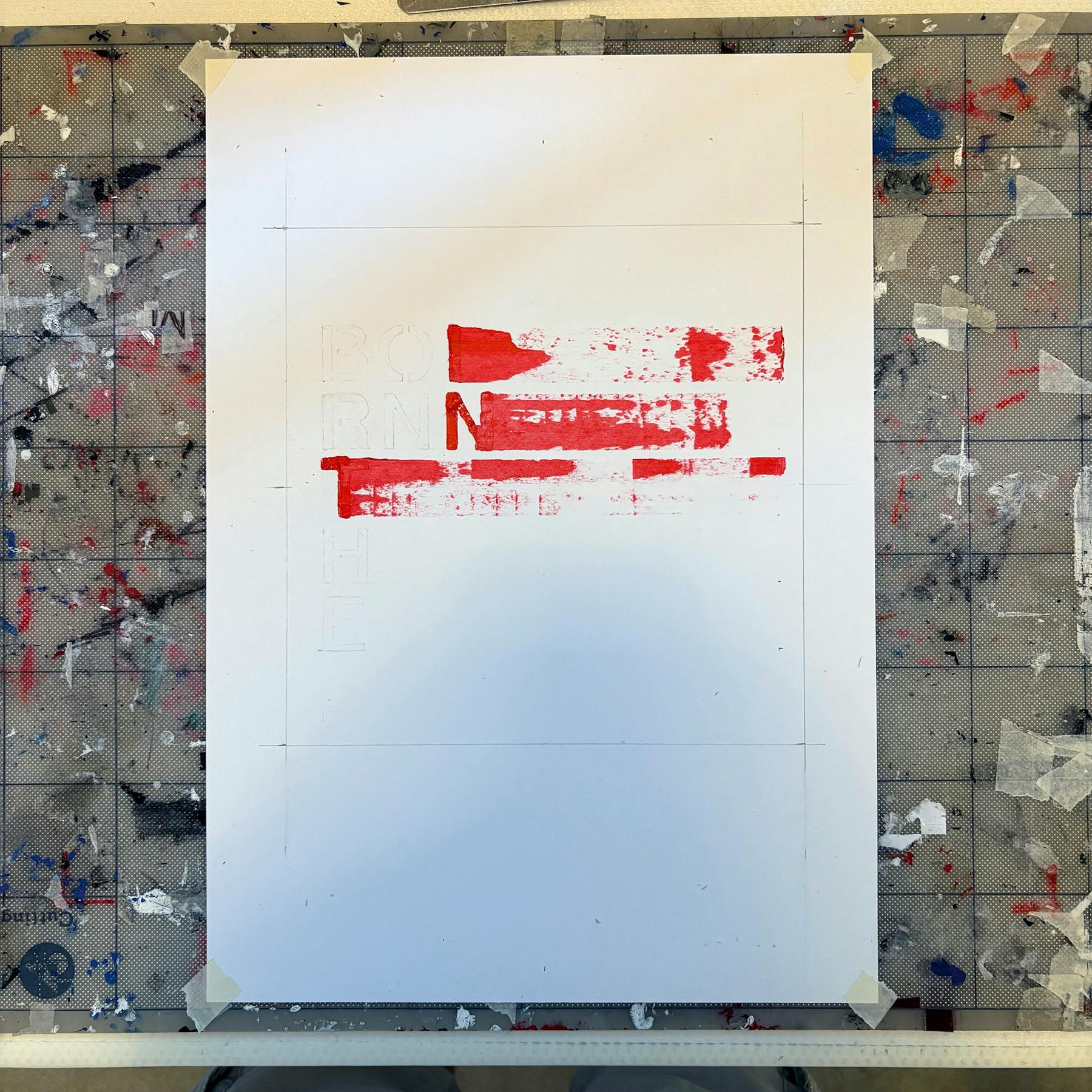
This page sound in print work in progress inspired by the song BORN IN THE USA by BRUCE SPRINGSTEEN
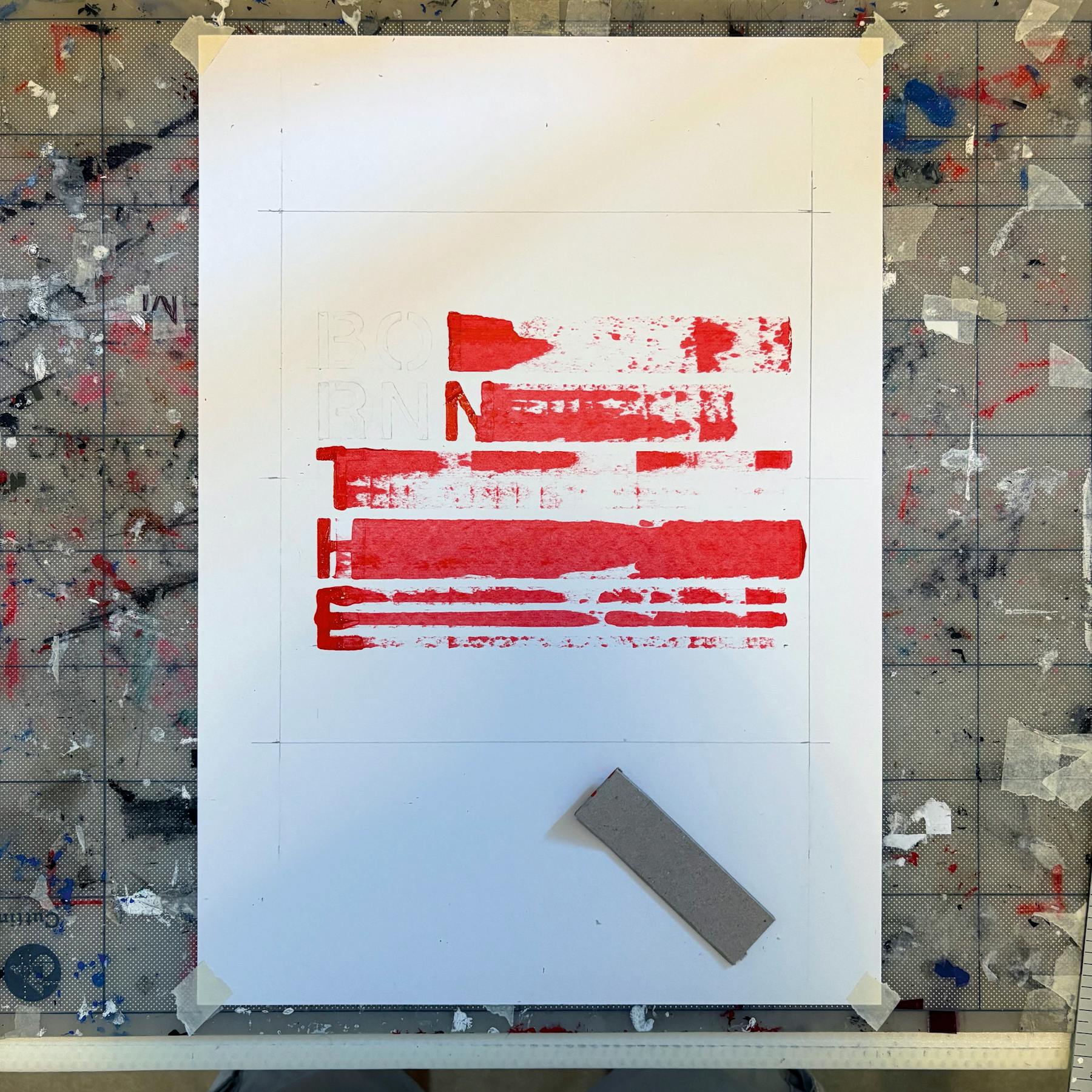
This page sound in print work in progress inspired by the song BORN IN THE USA by BRUCE SPRINGSTEEN
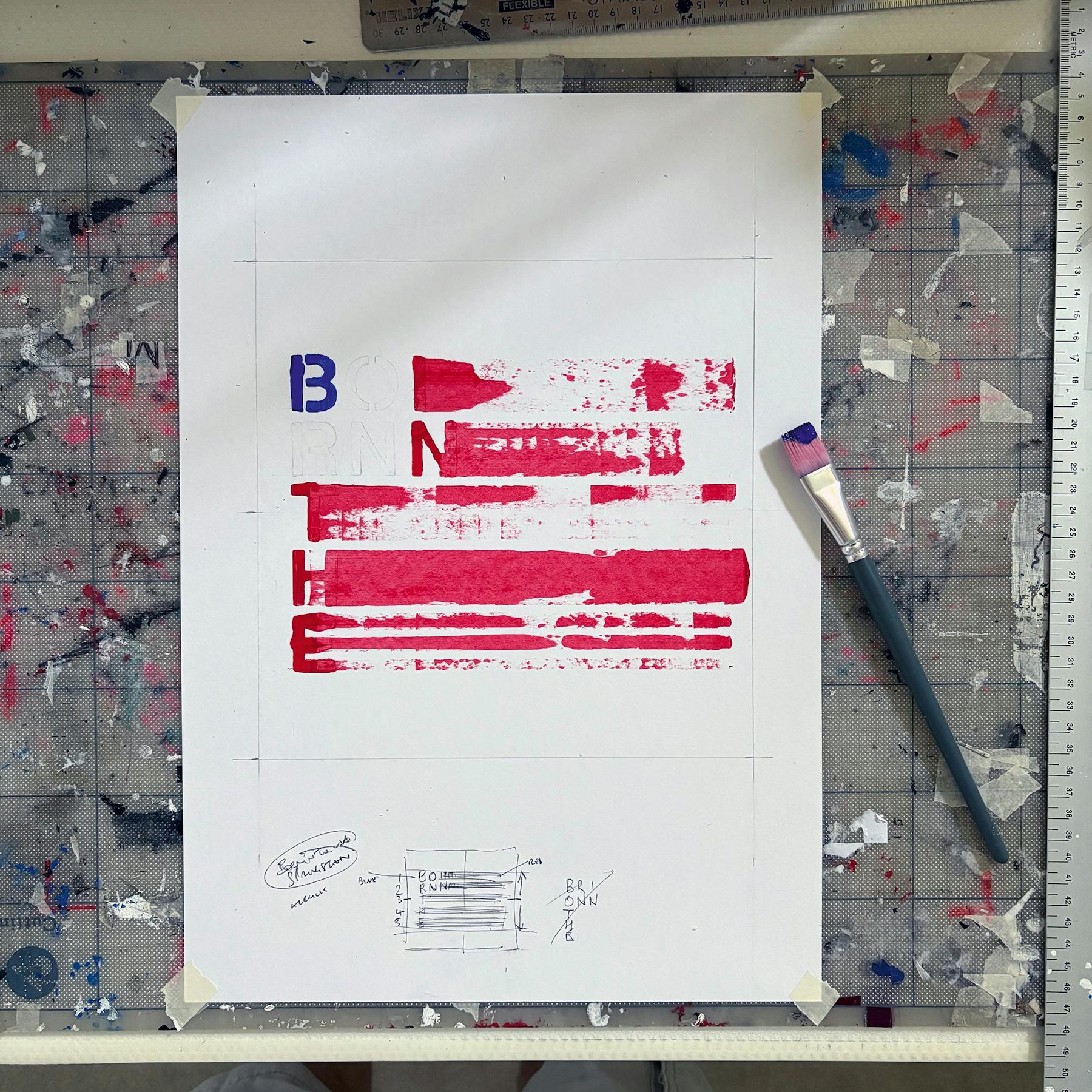
This page sound in print work in progress inspired by the song BORN IN THE USA by BRUCE SPRINGSTEEN
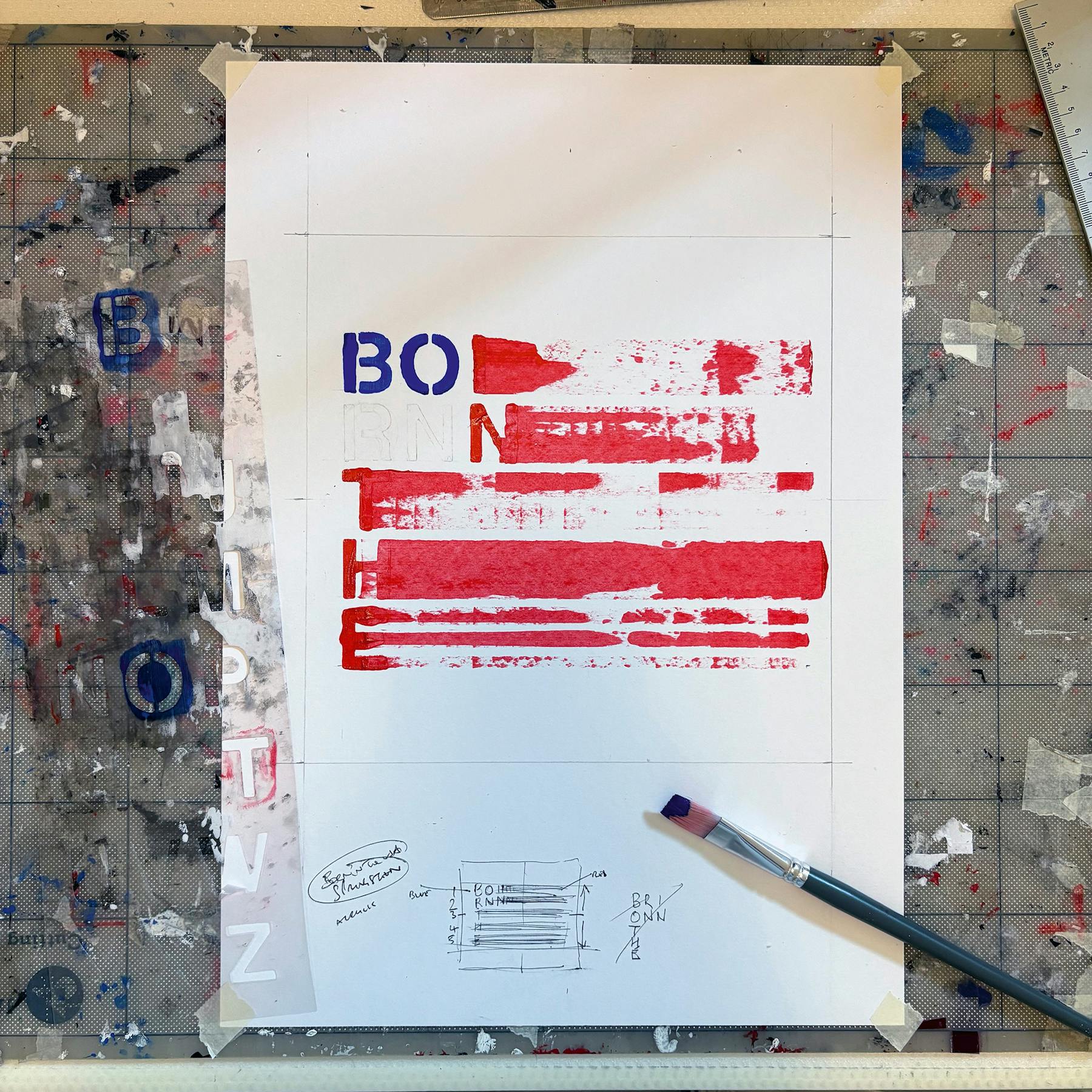
This page sound in print work in progress inspired by the song BORN IN THE USA by BRUCE SPRINGSTEEN
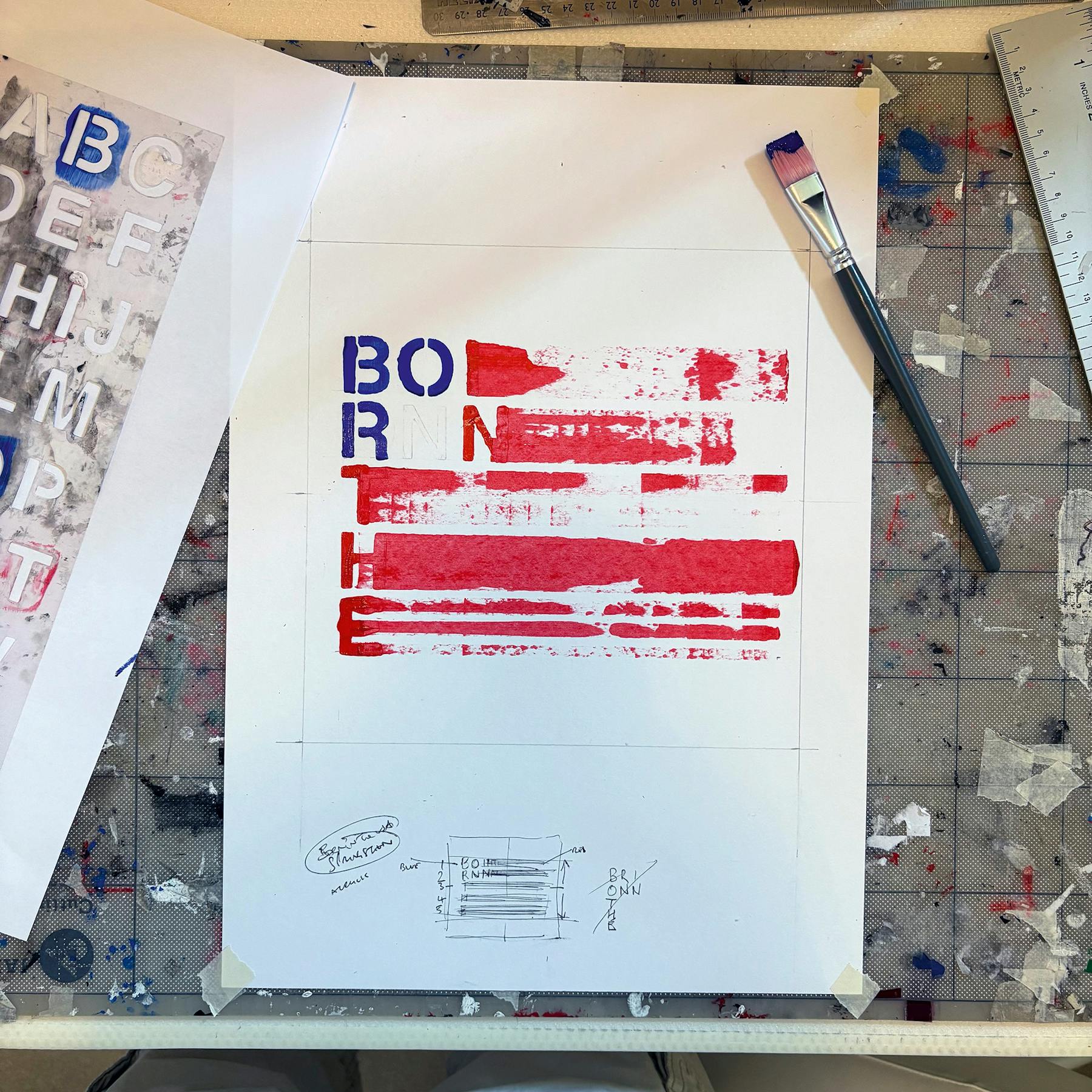
This page sound in print work in progress inspired by the song BORN IN THE USA by BRUCE SPRINGSTEEN
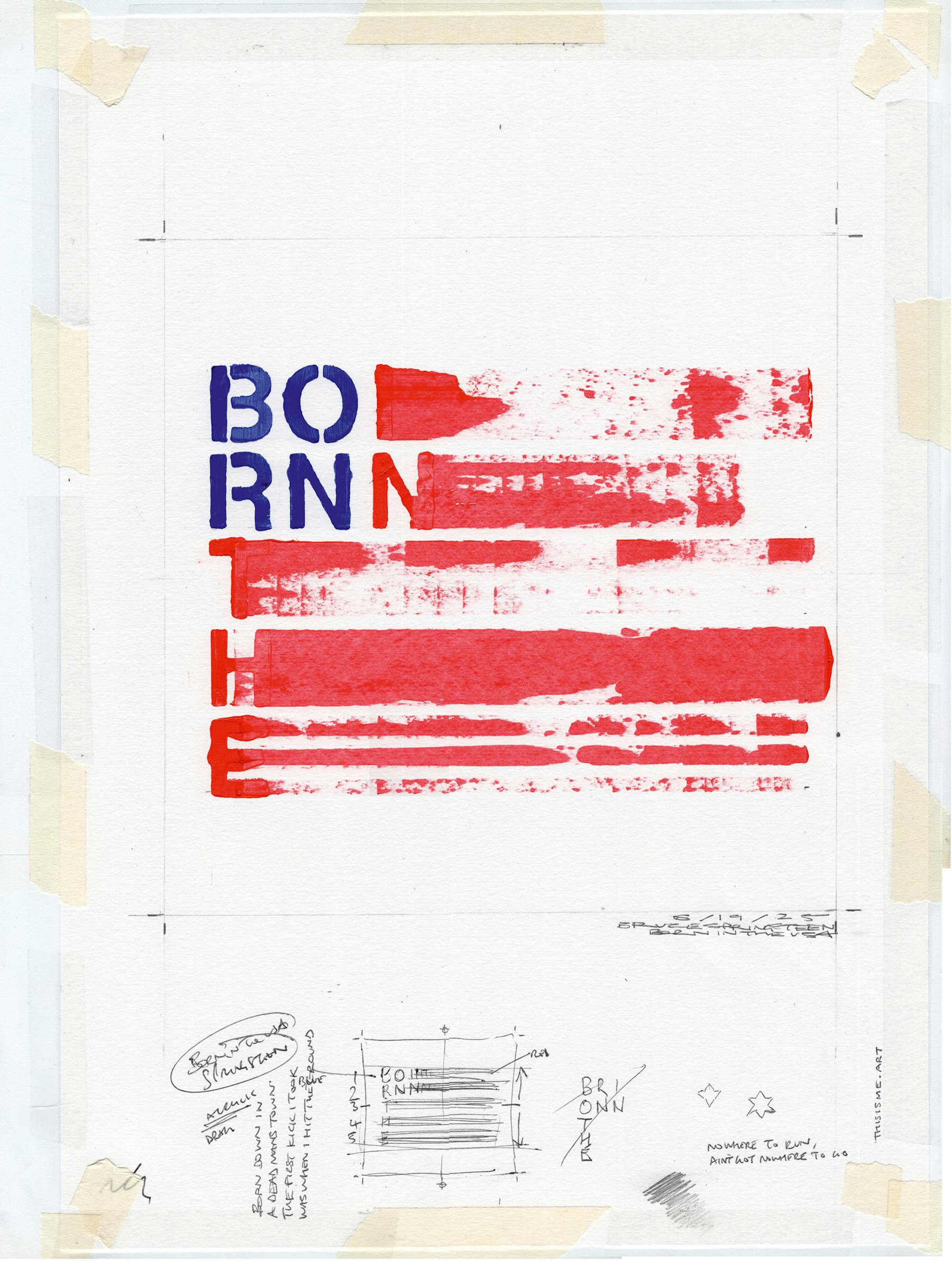
Facing page sound in print final artwork inspired by the song BORN IN THE USA by BRUCE SPRINGSTEEN
Zero AI, 100% human creativity
AI can kiss my art
CHRIS ASHWORTH
THISISME.ART
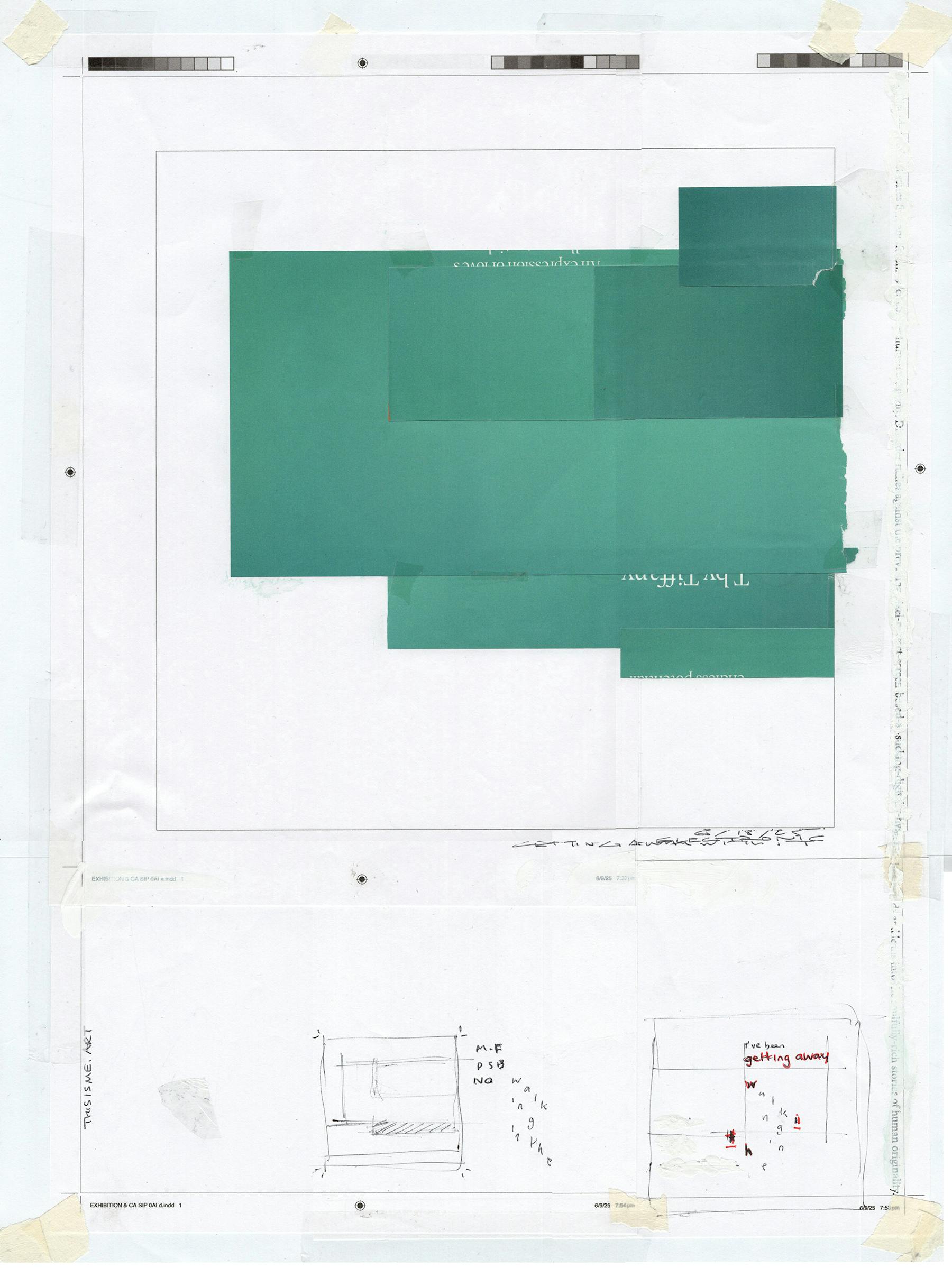
Facing page sound in print final artwork inspired by the song GETTING AWAY WITH IT by ELECTRONIC
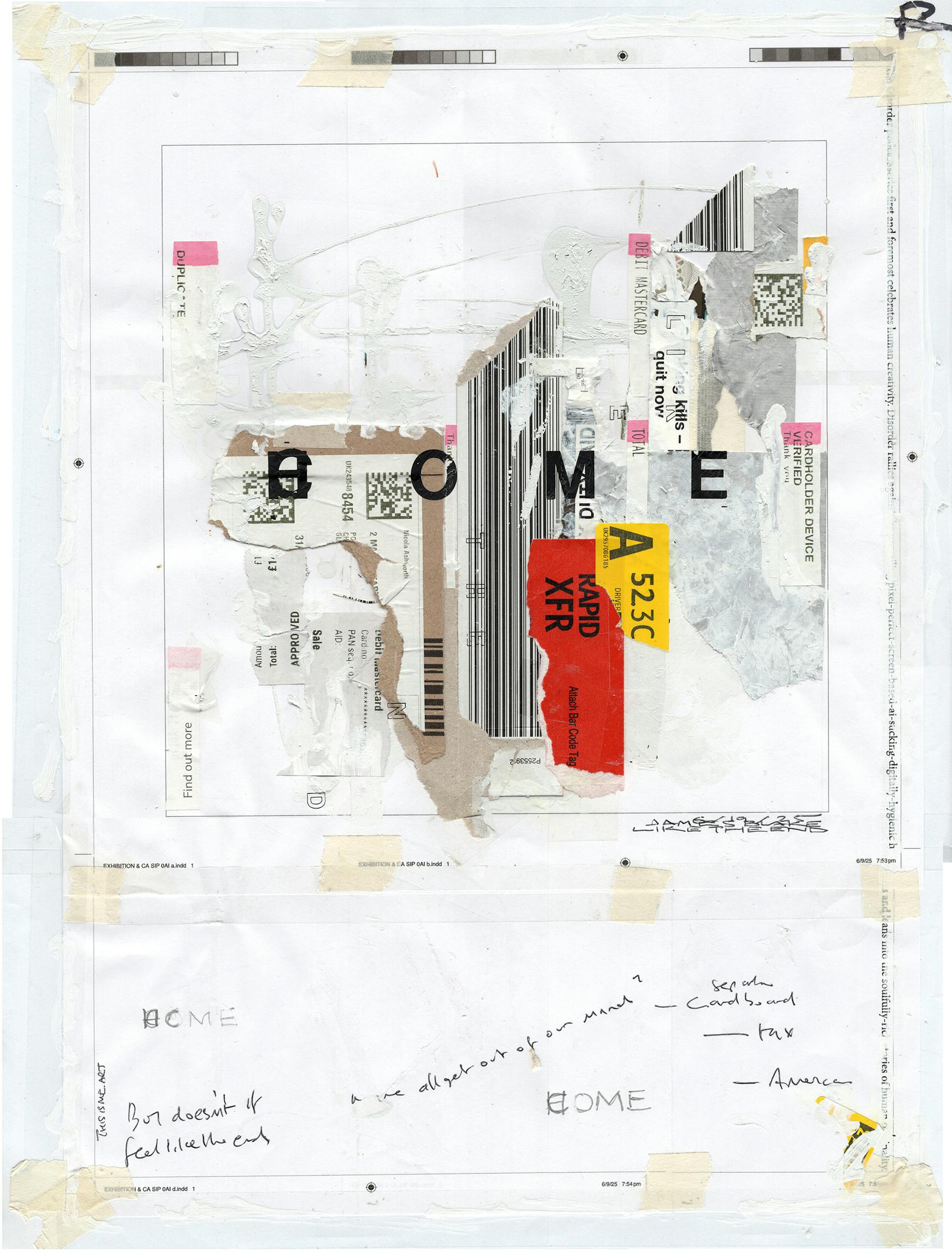
Facing page sound in print final artwork inspired by the song LIKE THE END by JAMES BLAKE
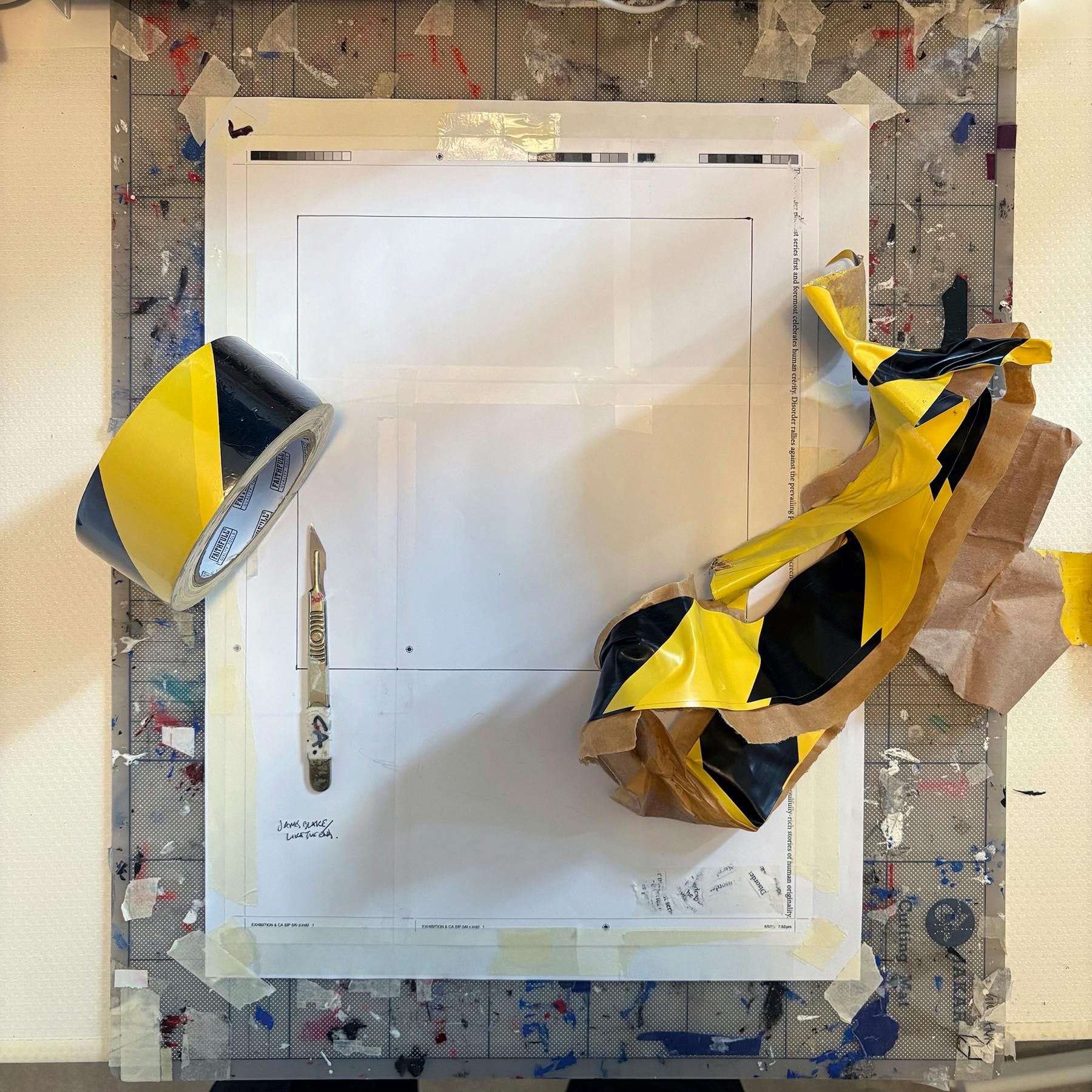
This page sound in print work in progress inspired by the song TEMPTATION by NEW ORDER
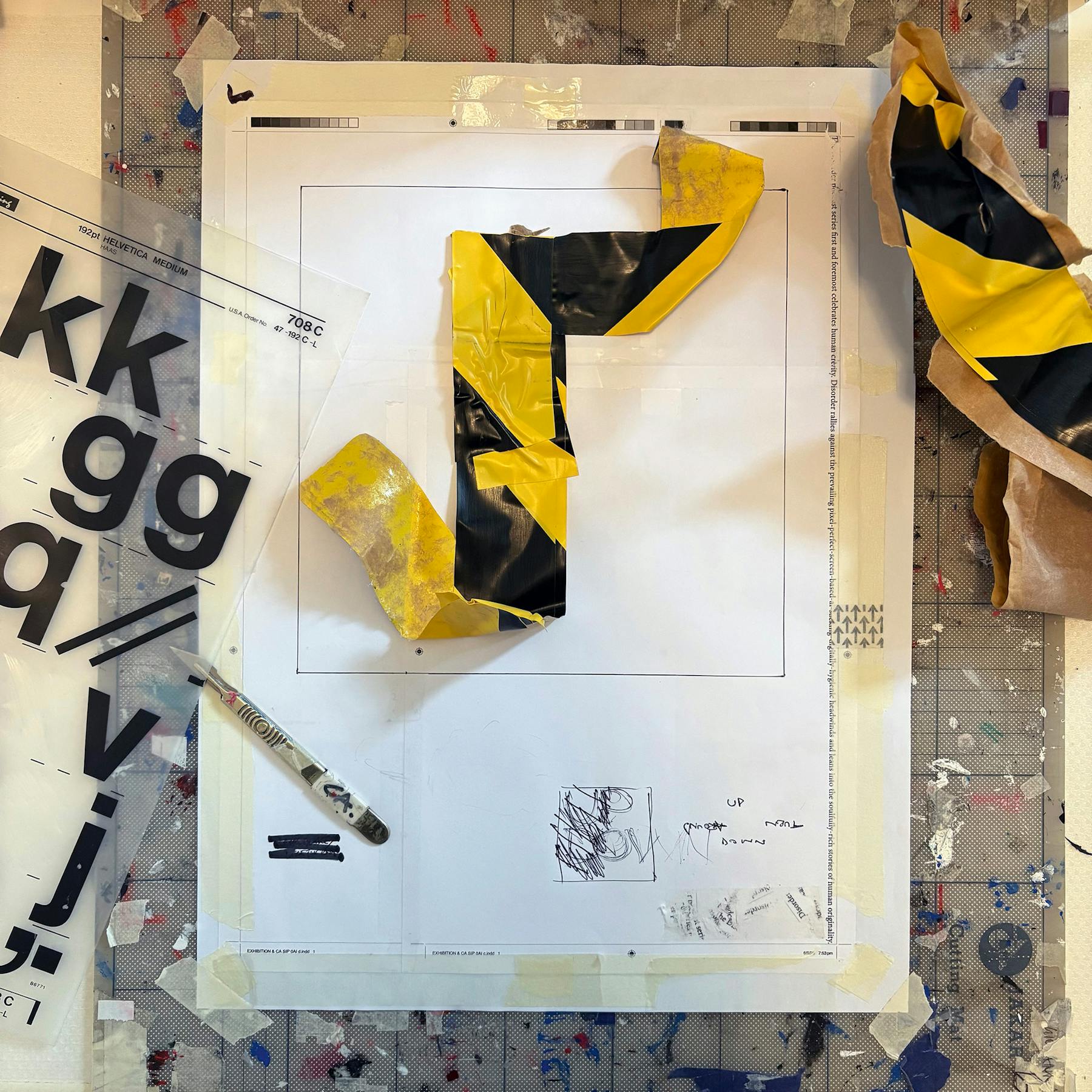
This page sound in print work in progress inspired by the song TEMPTATION by NEW ORDER
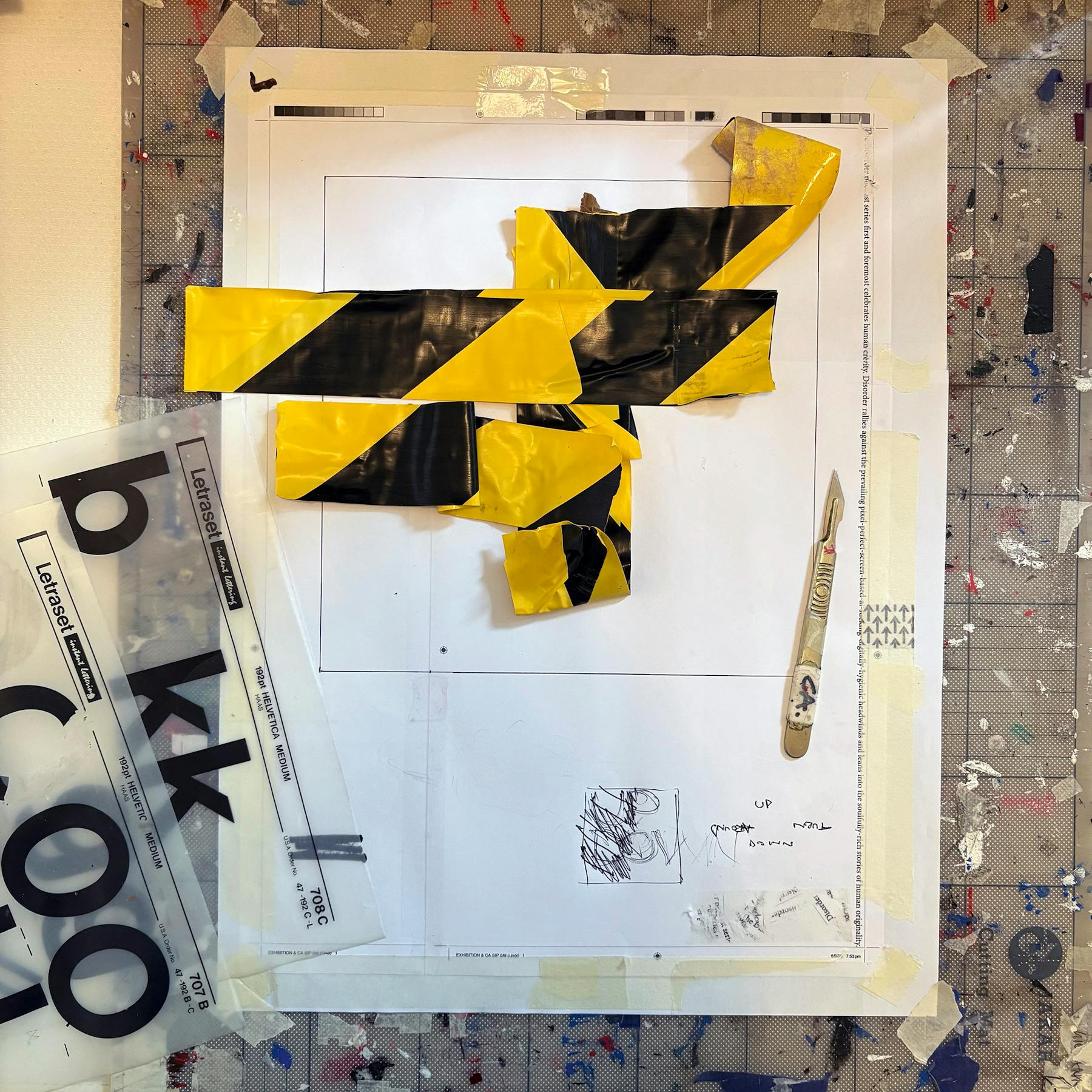
This page sound in print work in progress inspired by the song TEMPTATION by NEW ORDER
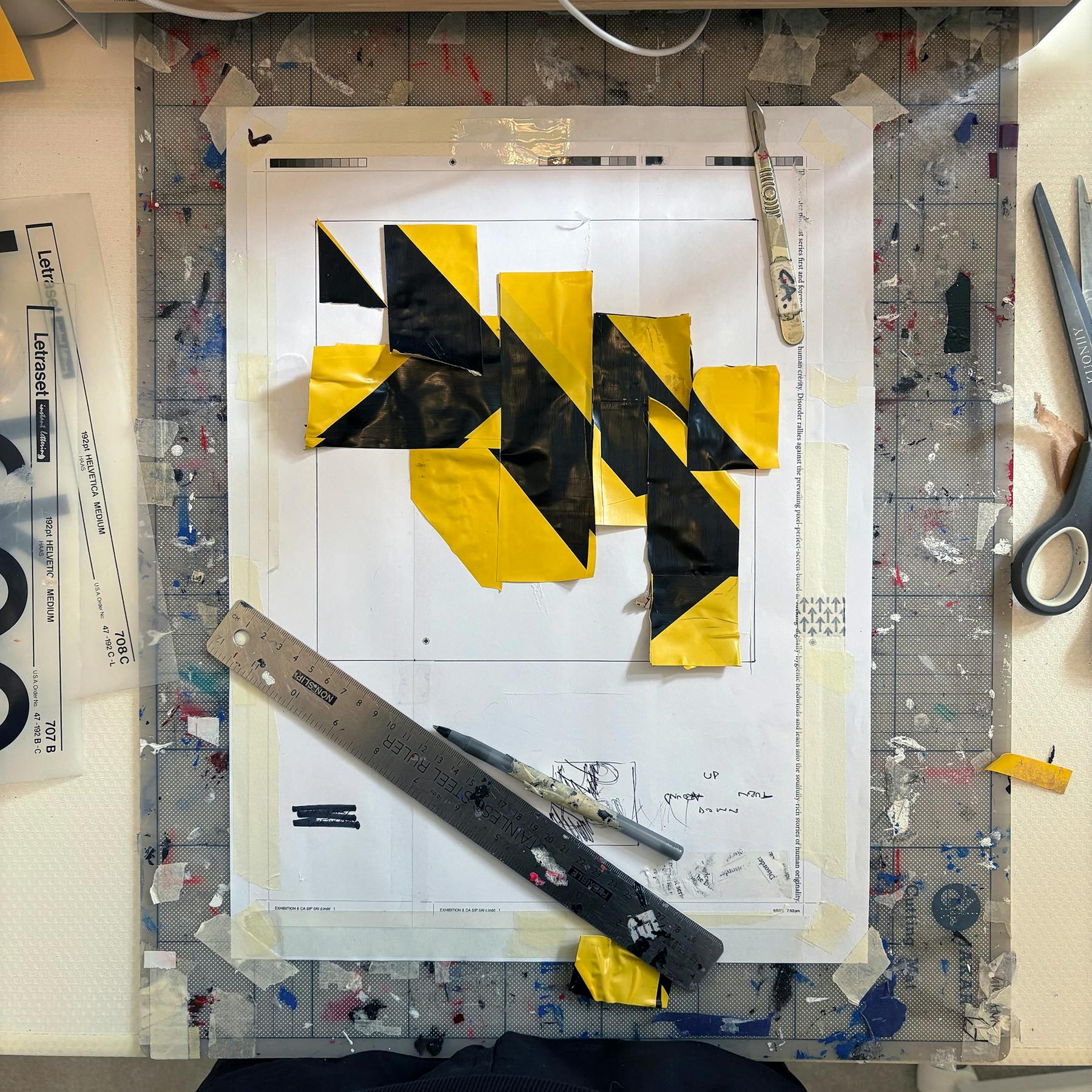
This page sound in print work in progress inspired by the song TEMPTATION by NEW ORDER
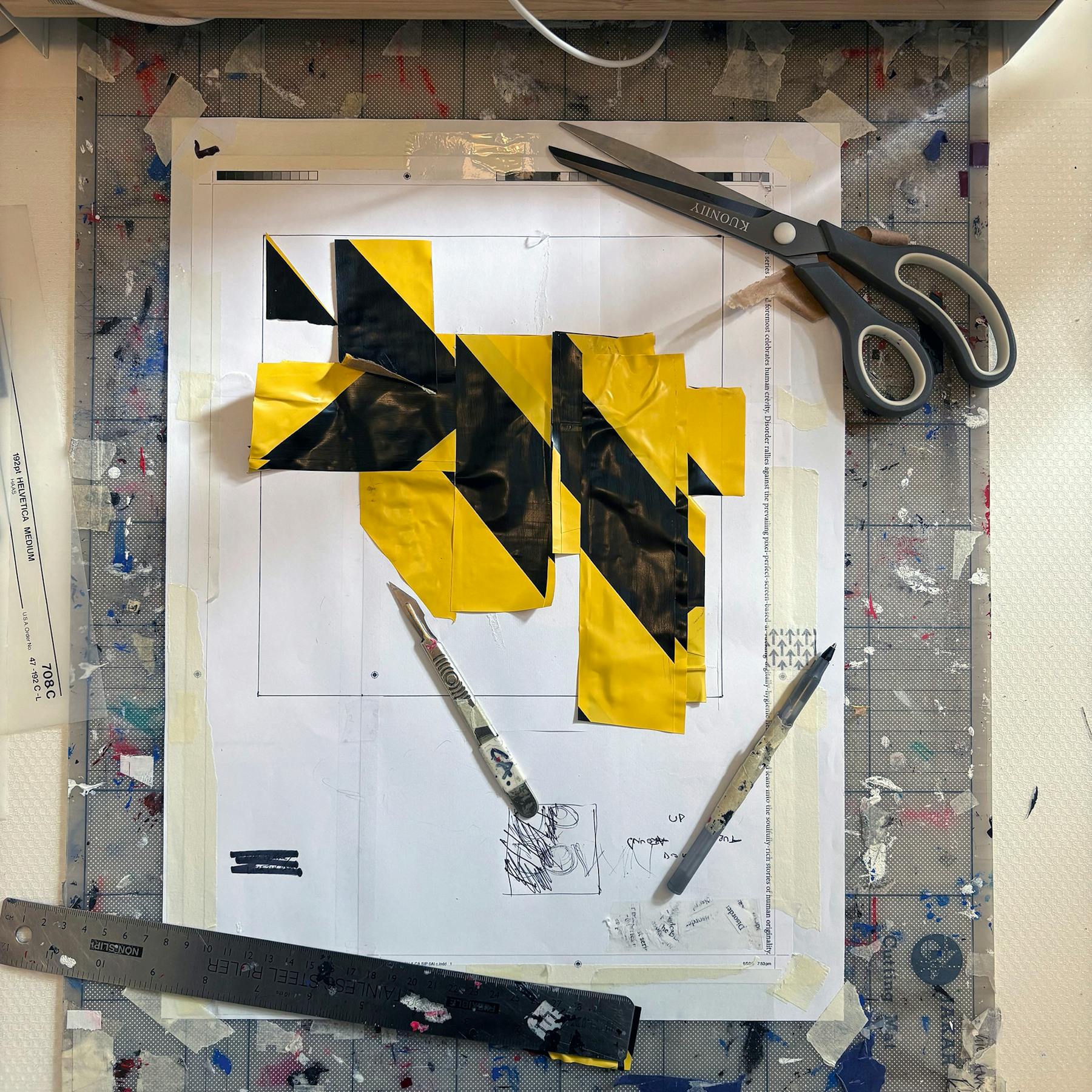
This page sound in print work in progress inspired by the song TEMPTATION by NEW ORDER
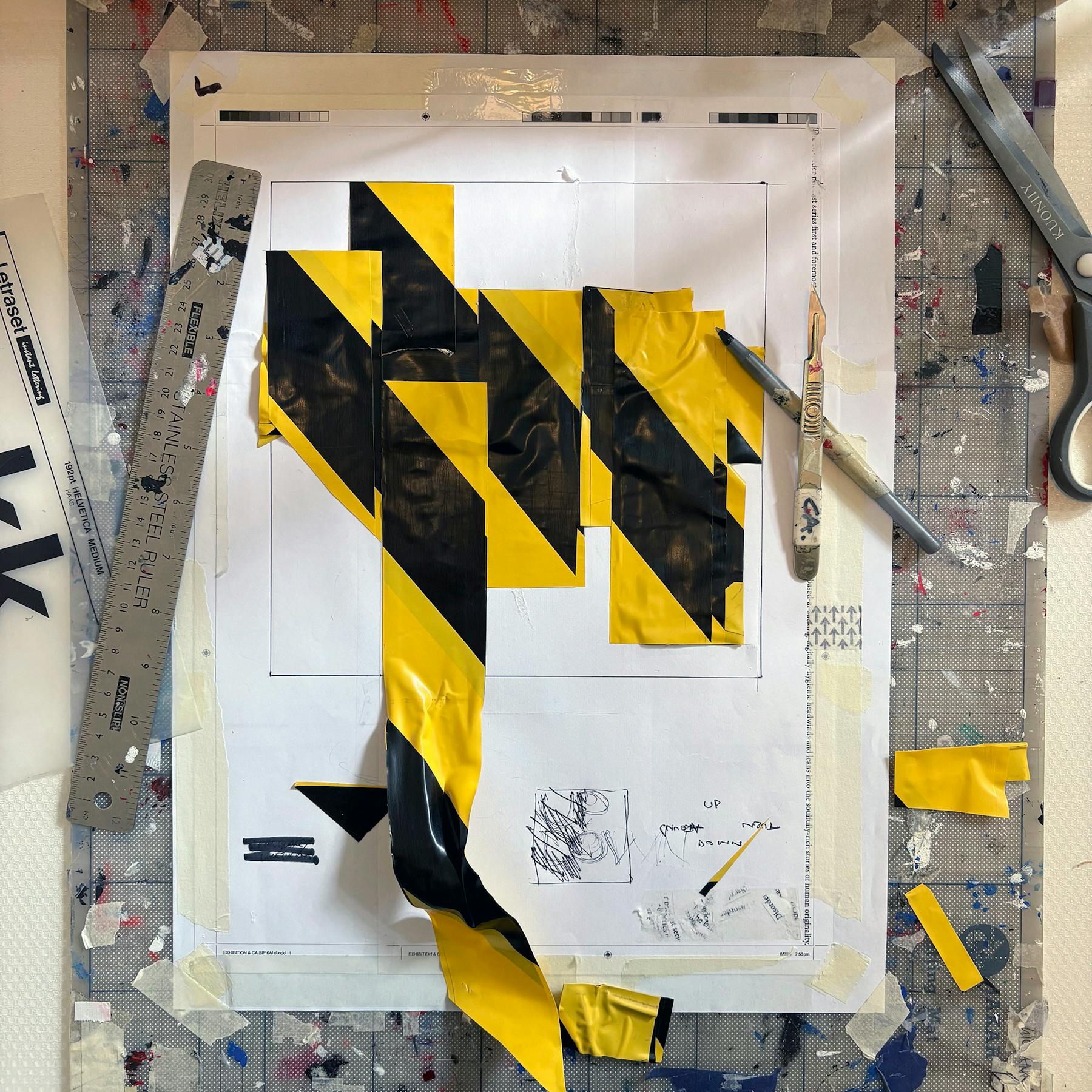
This page sound in print work in progress inspired by the song TEMPTATION by NEW ORDER
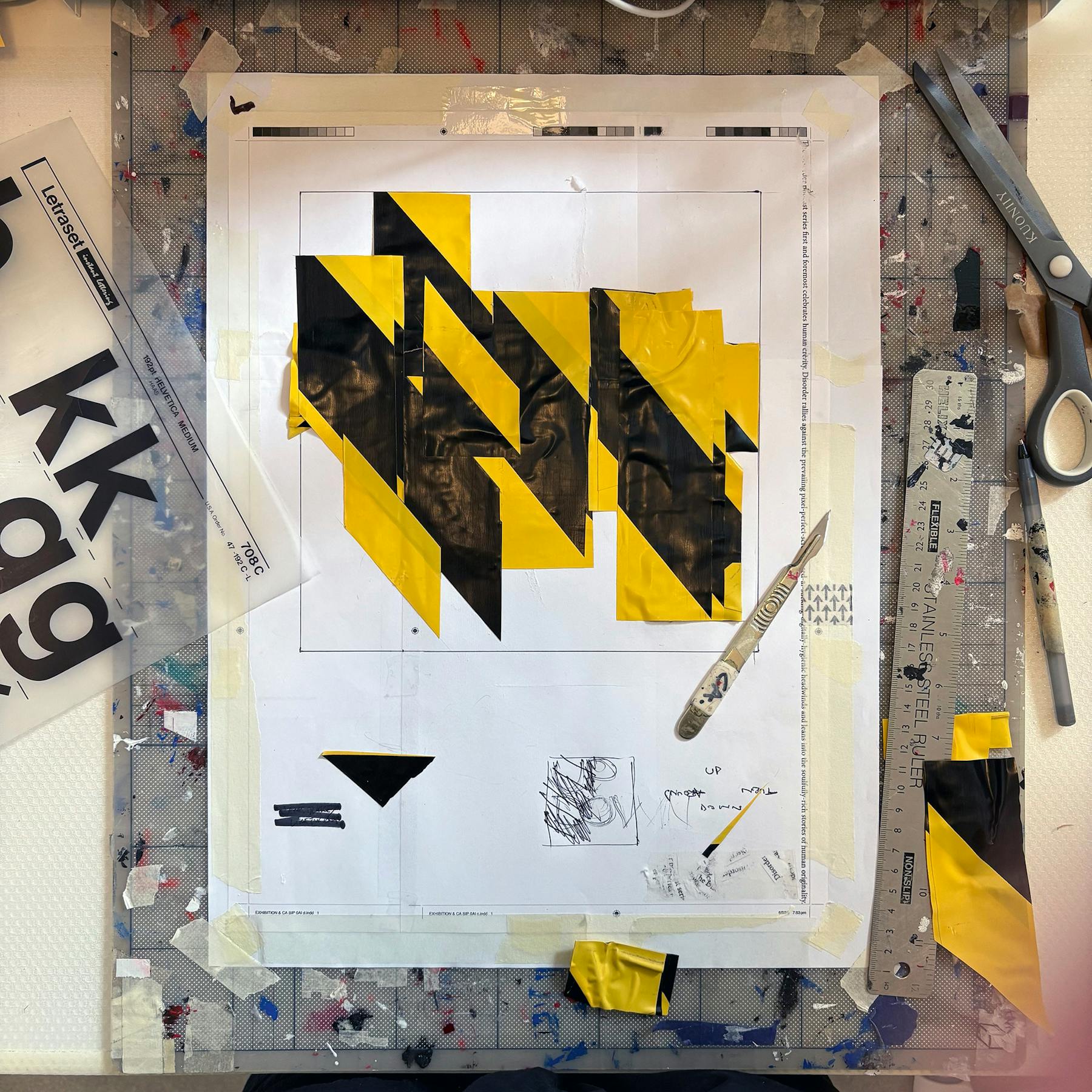
This page sound in print work in progress inspired by the song TEMPTATION by NEW ORDER
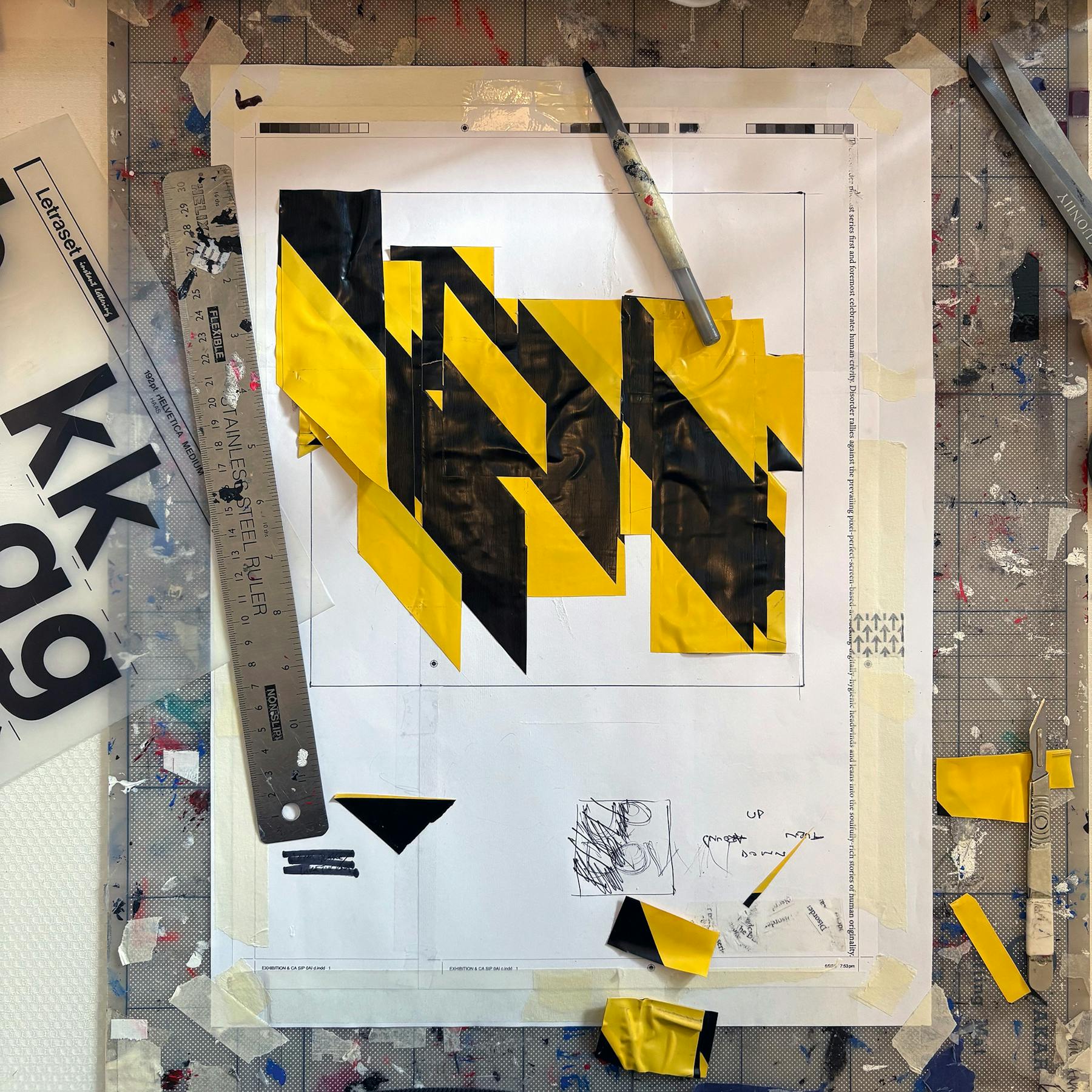
This page sound in print work in progress inspired by the song TEMPTATION by NEW ORDER
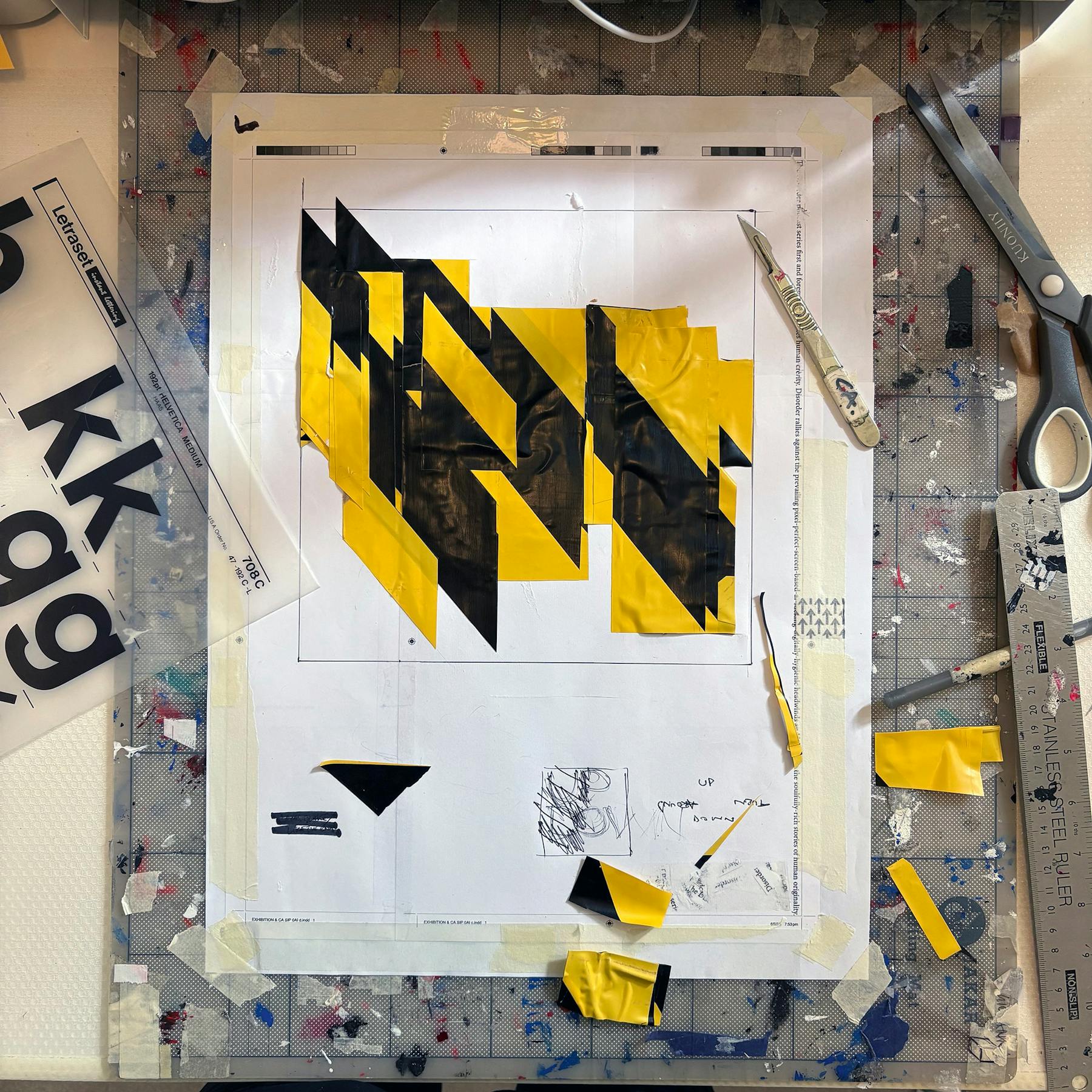
This page sound in print work in progress inspired by the song TEMPTATION by NEW ORDER
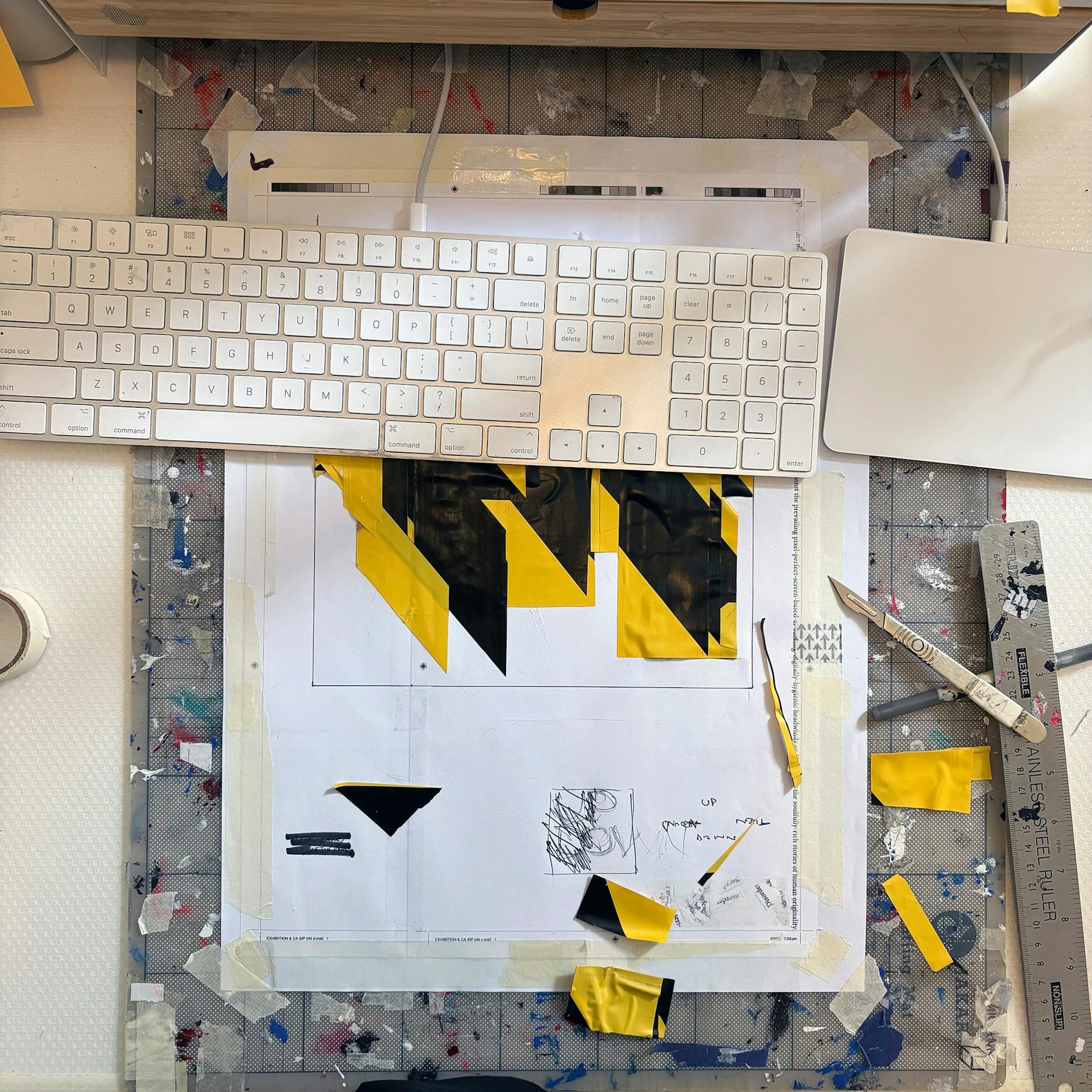
This page sound in print work in progress inspired by the song TEMPTATION by NEW ORDER
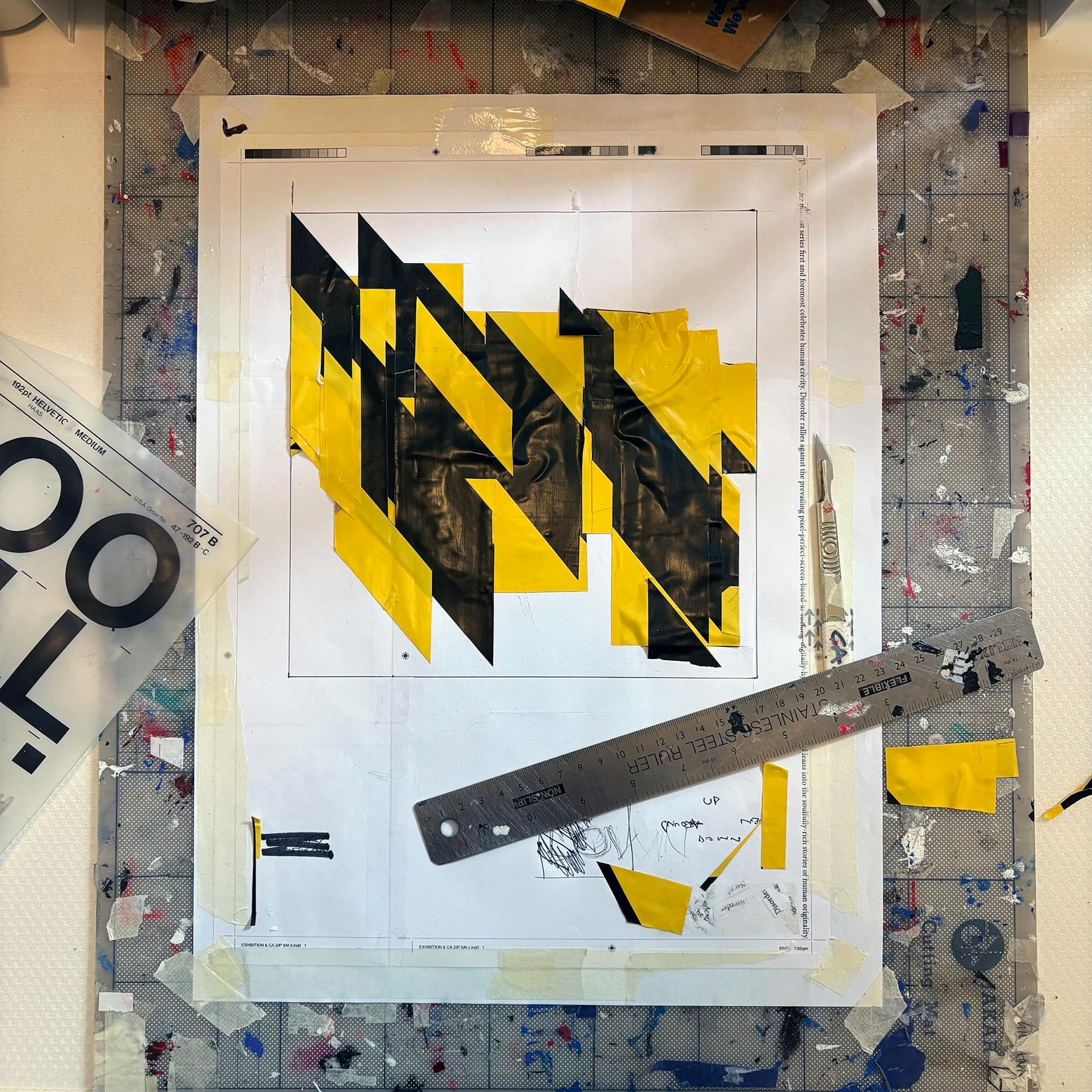
This page sound in print work in progress inspired by the song TEMPTATION by NEW ORDER
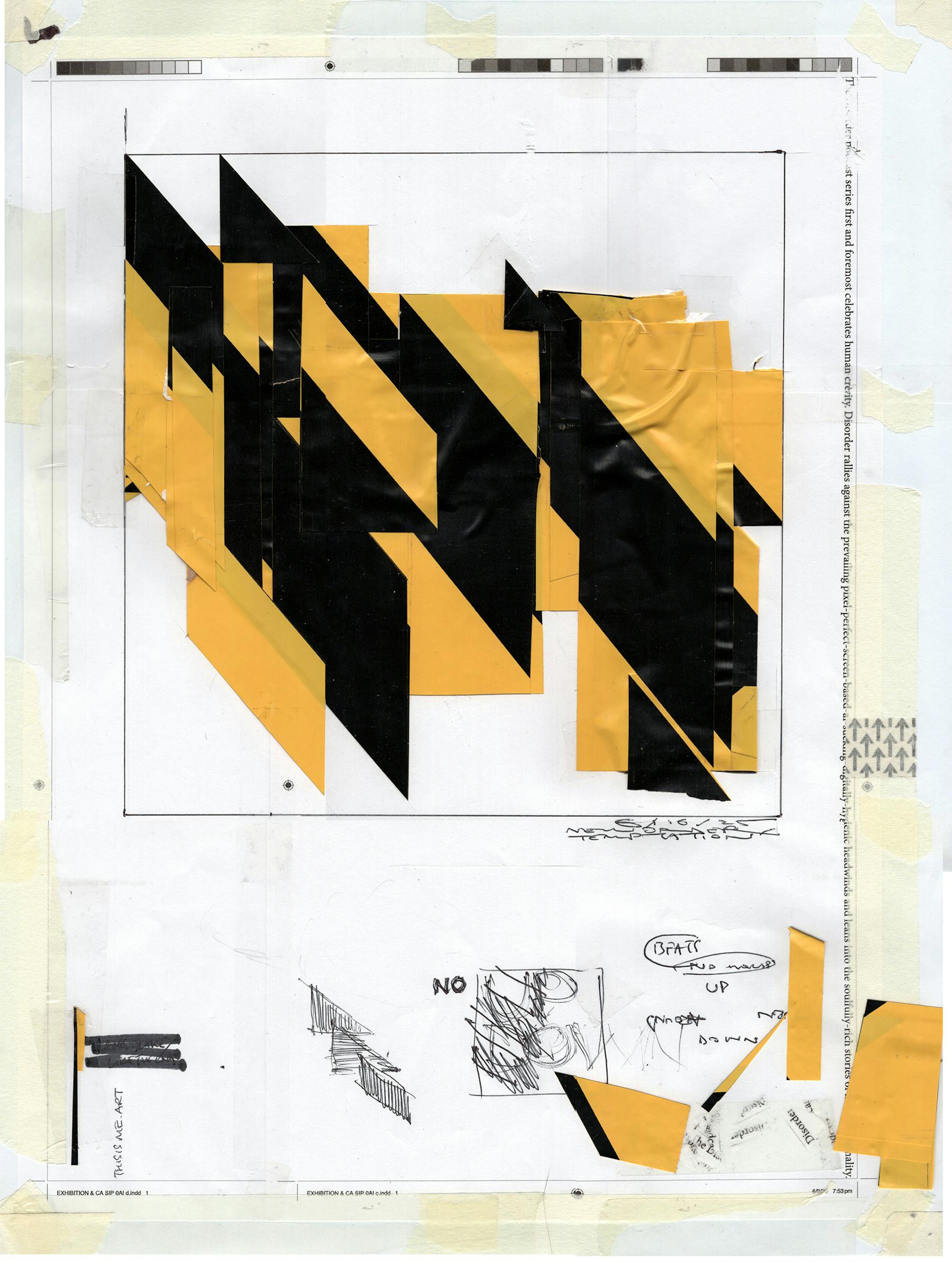
Facing page sound in print final artwork inspired by the song TEMPTATION by NEW ORDER
Zero AI, 100% human creativity
AI can kiss my art
CHRIS ASHWORTH
THISISME.ART
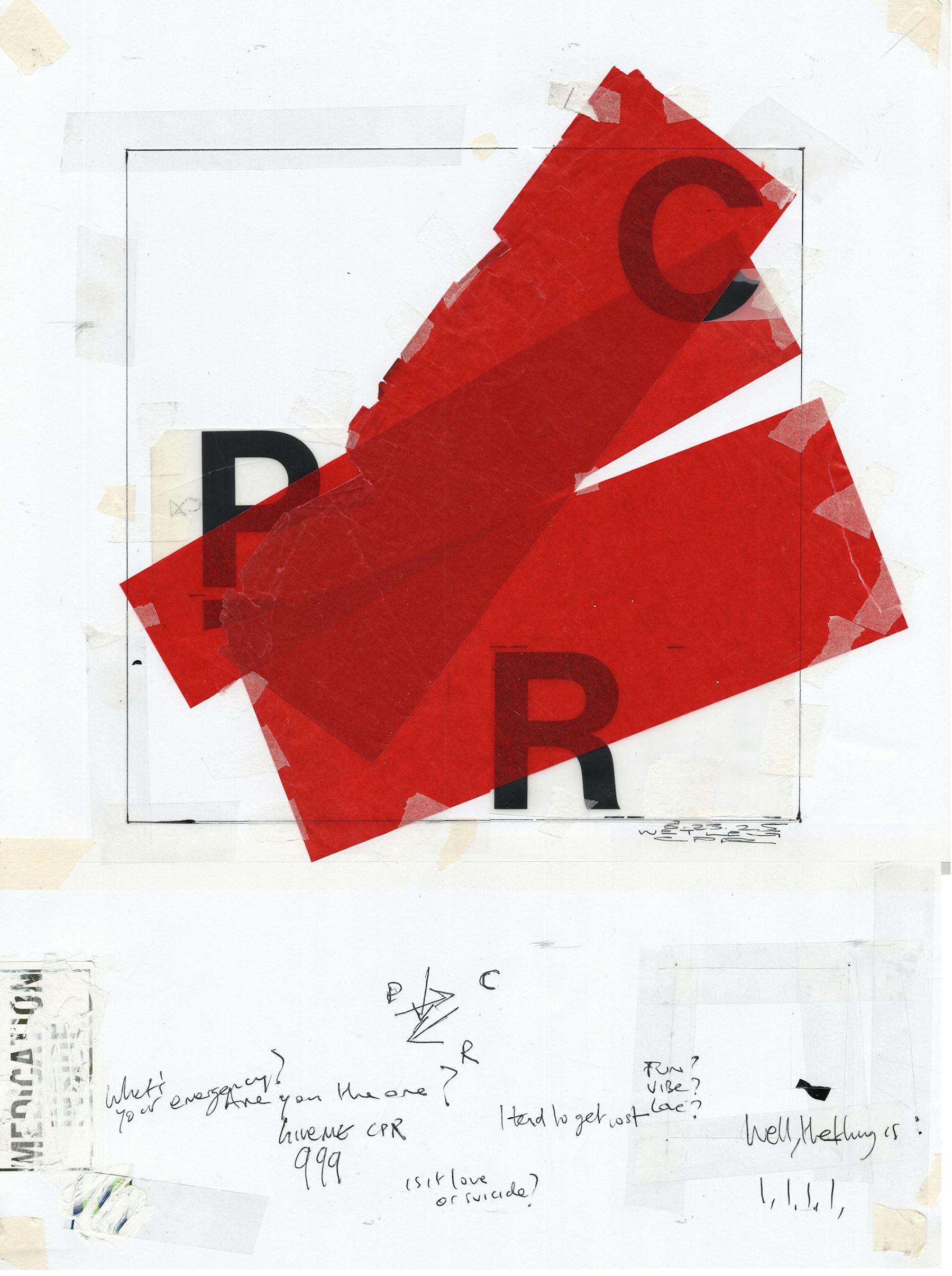
Facing page sound in print final artwork inspired by the song CPR by WET LEG
Zero AI, 100% human creativity
AI can kiss my art
CHRIS ASHWORTH
THISISME.ART







